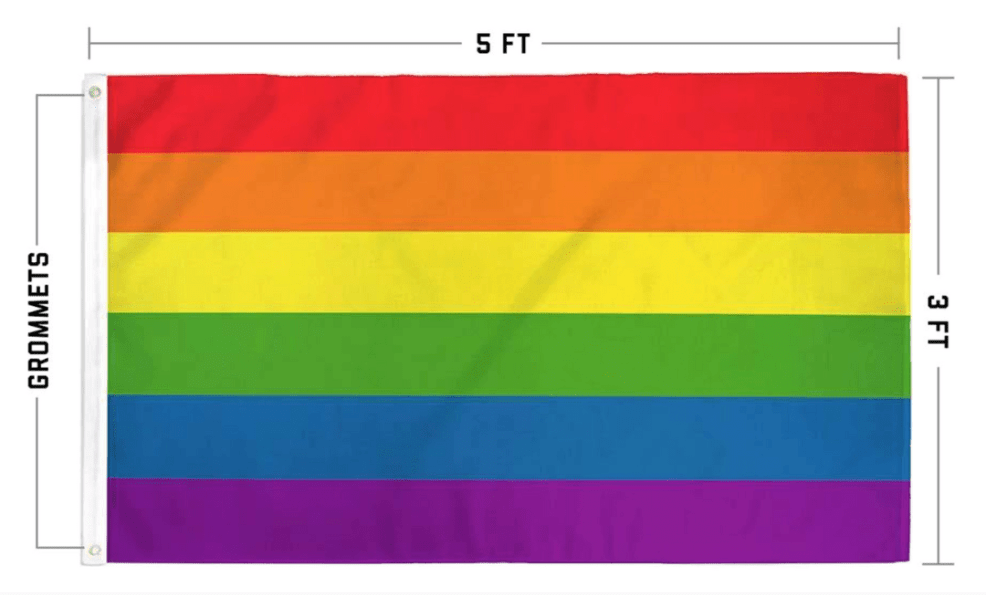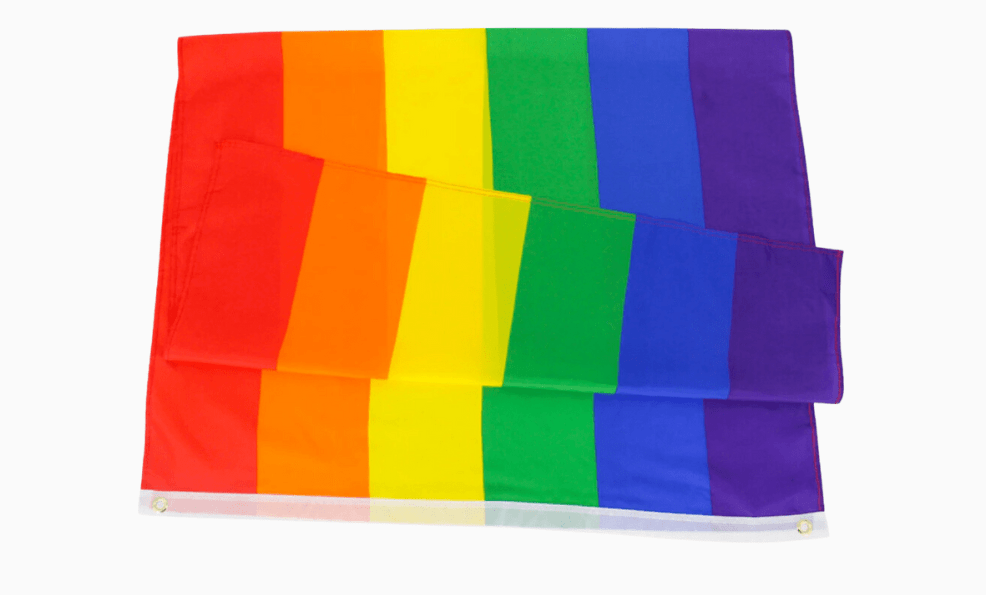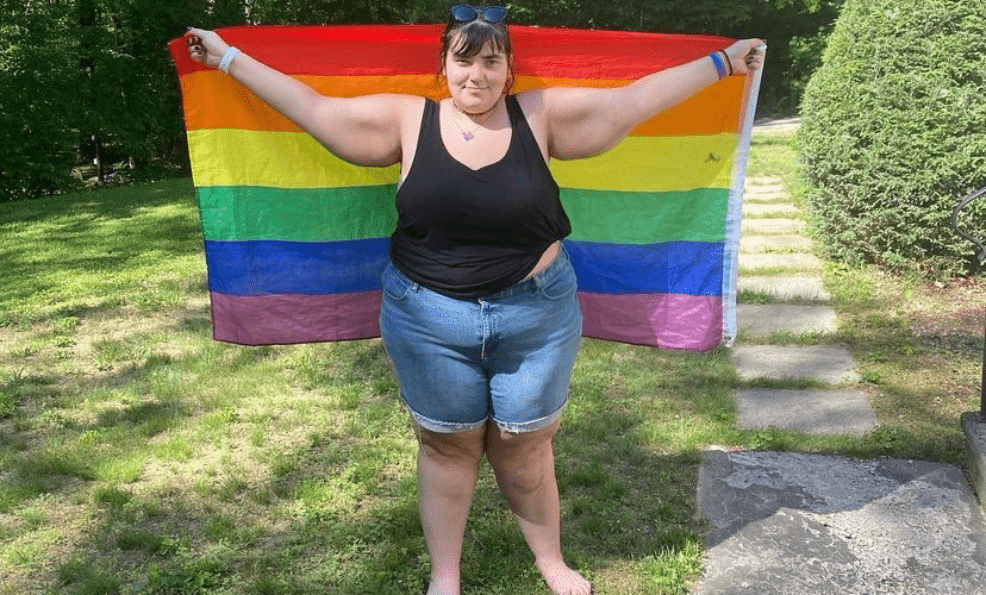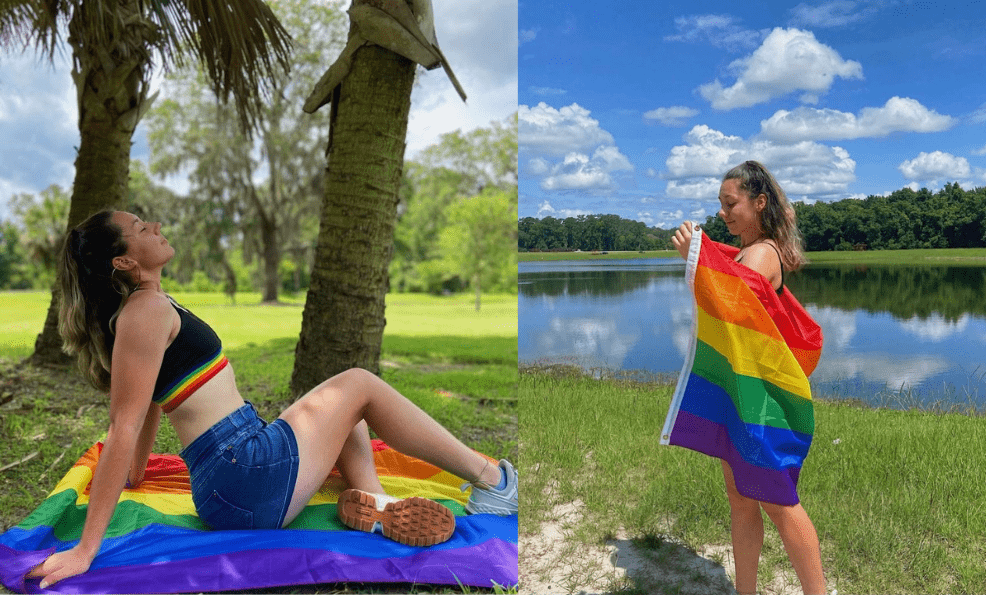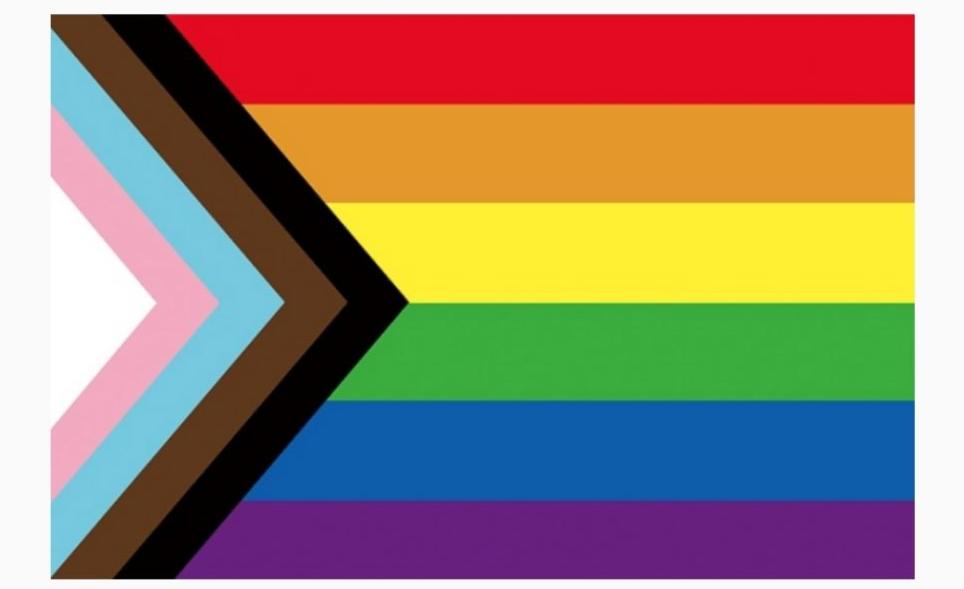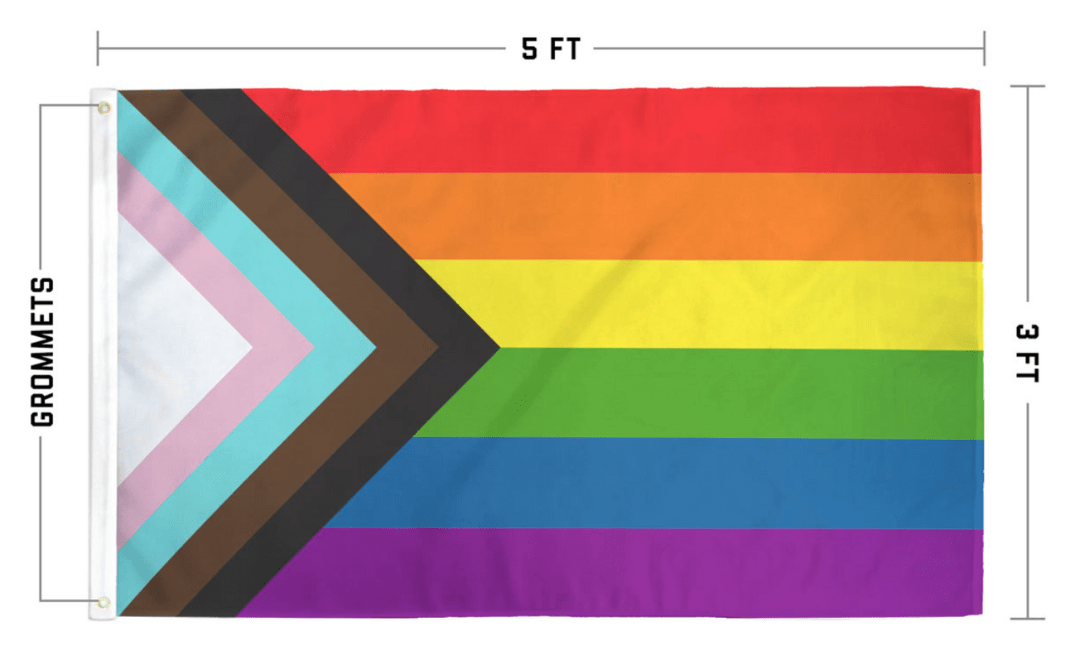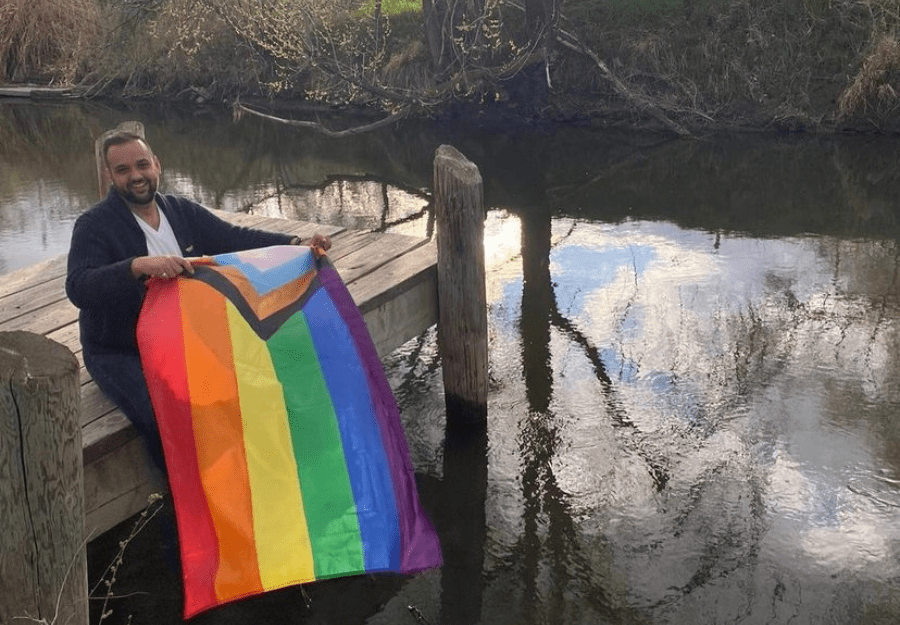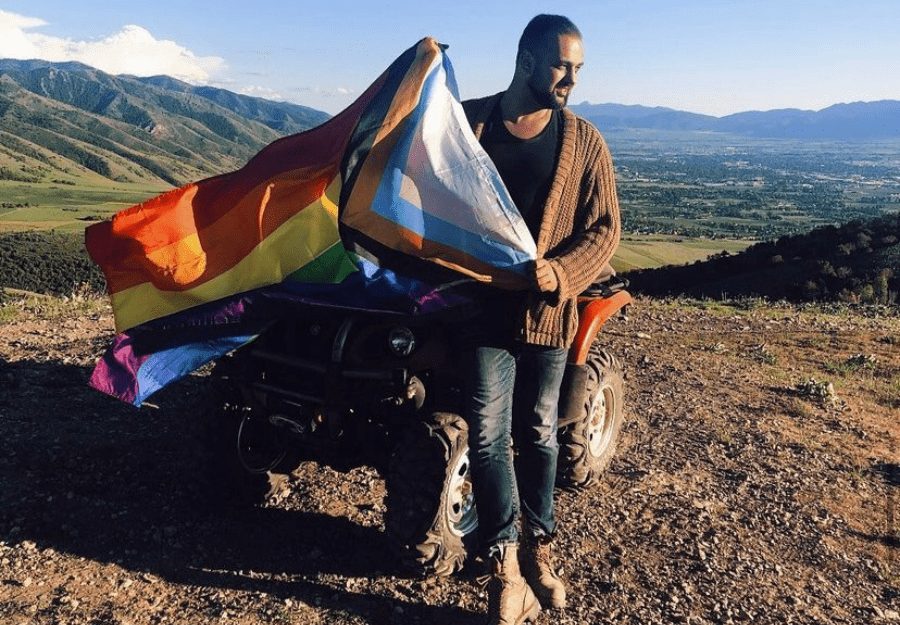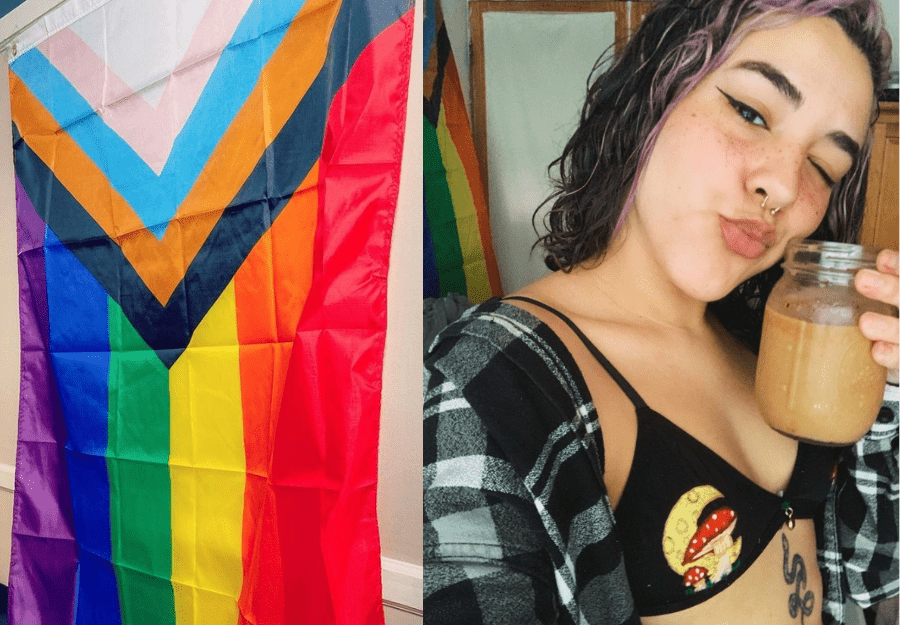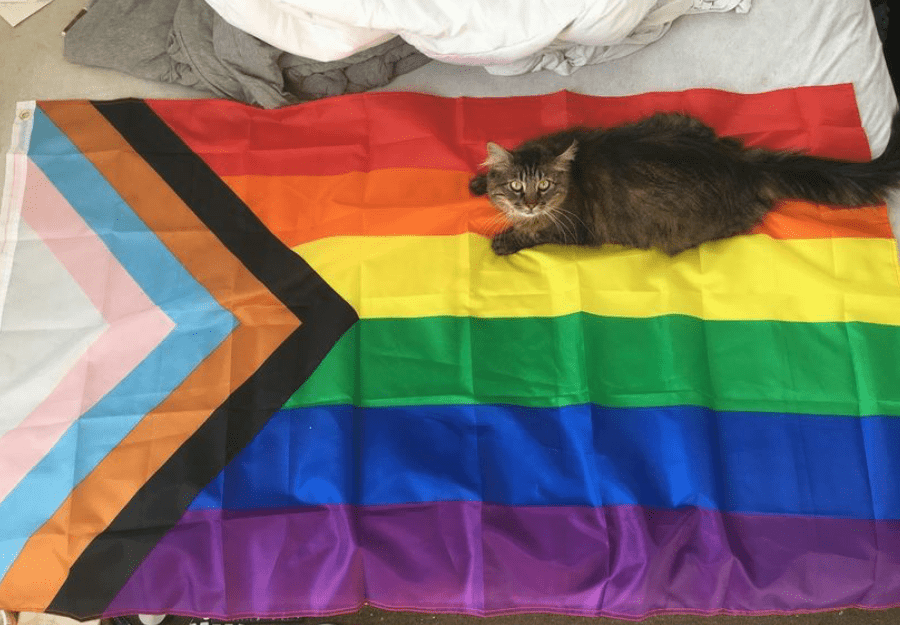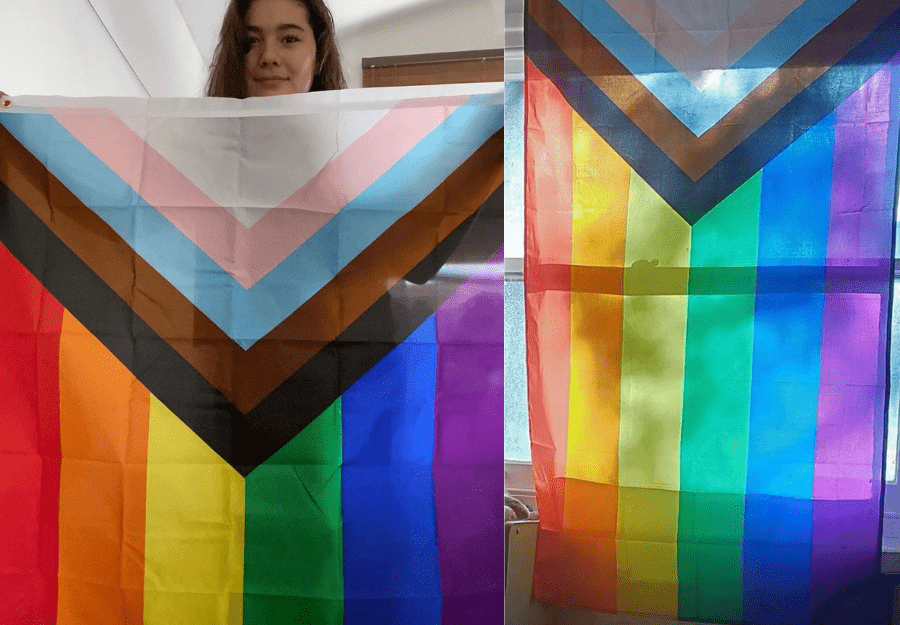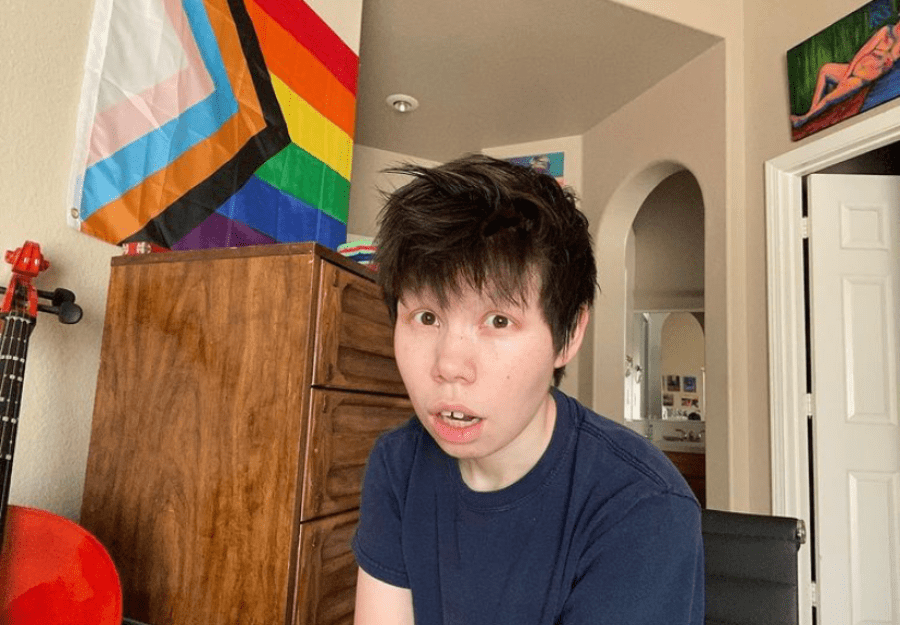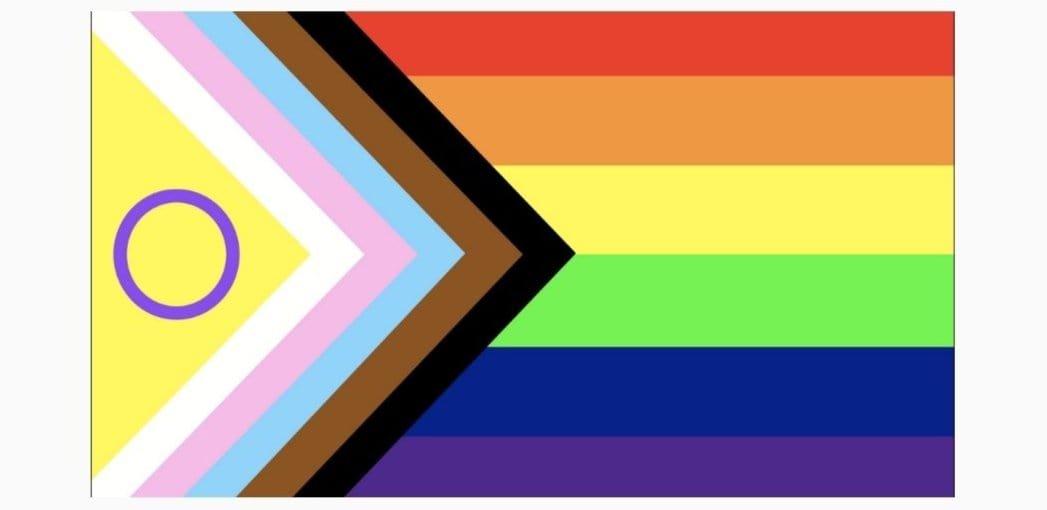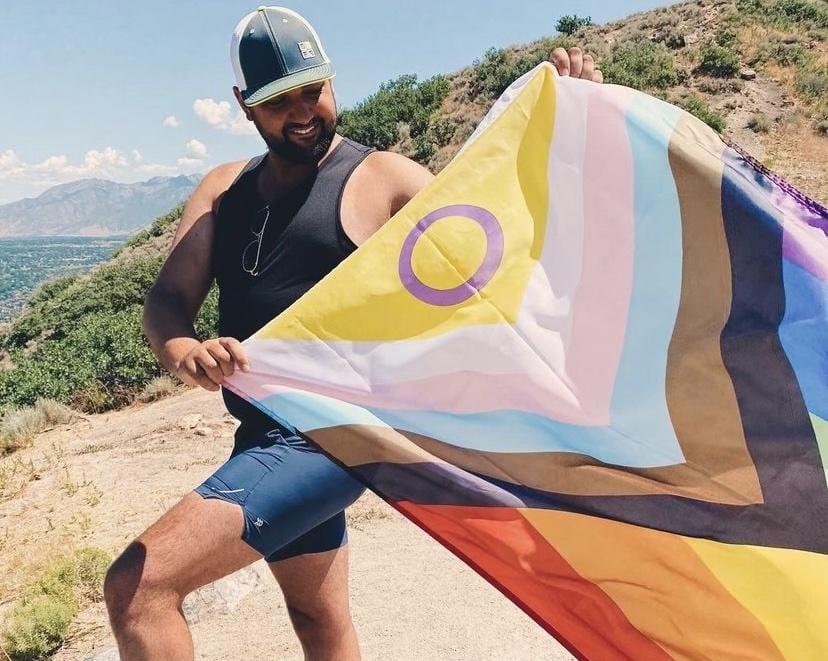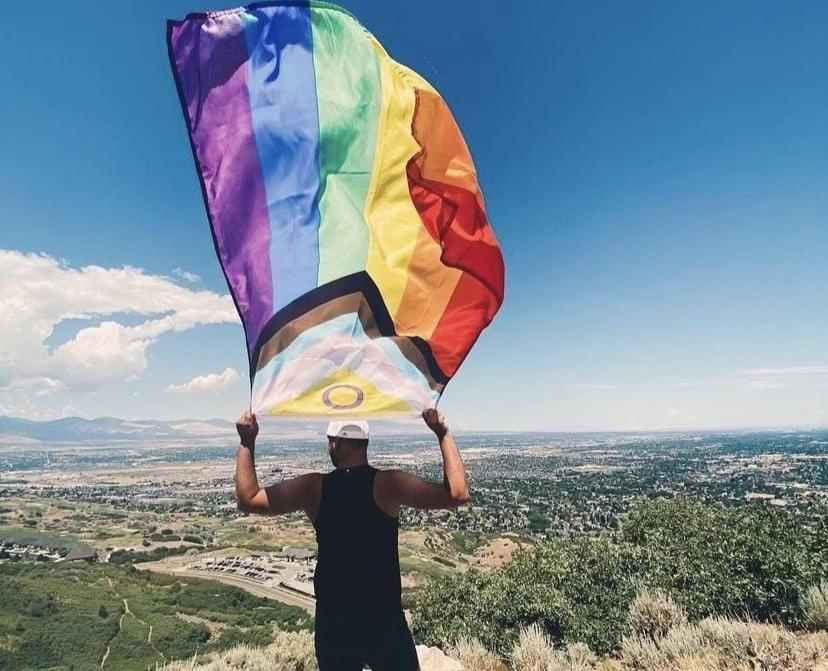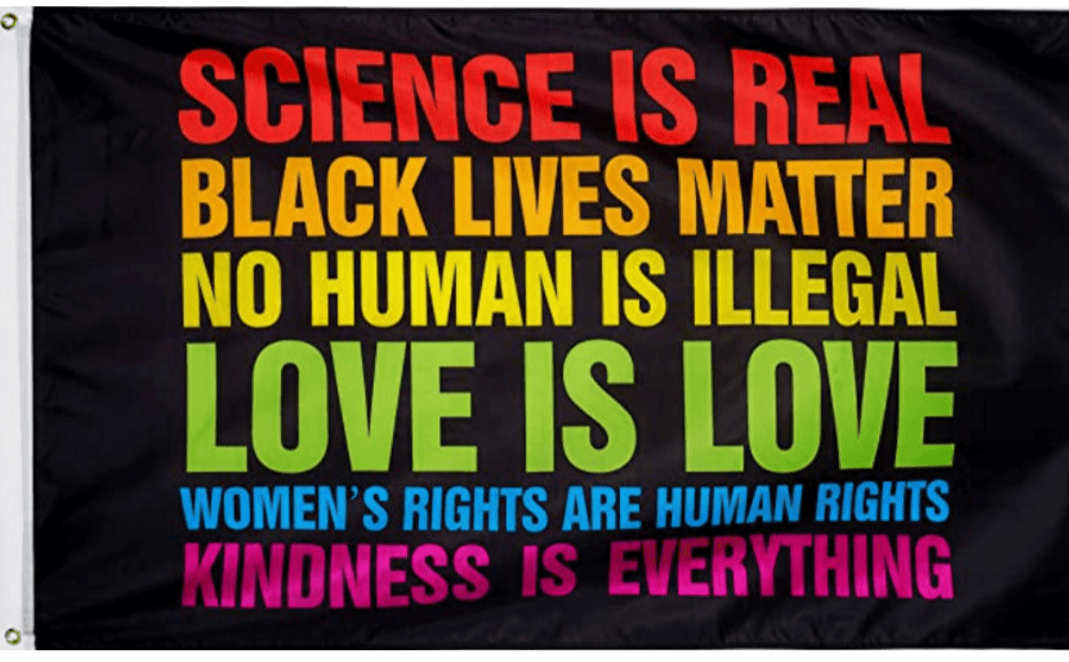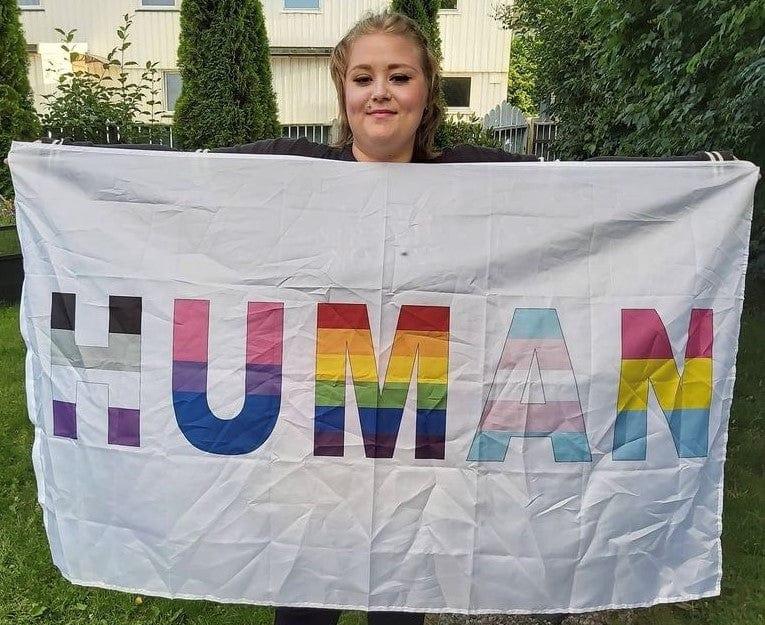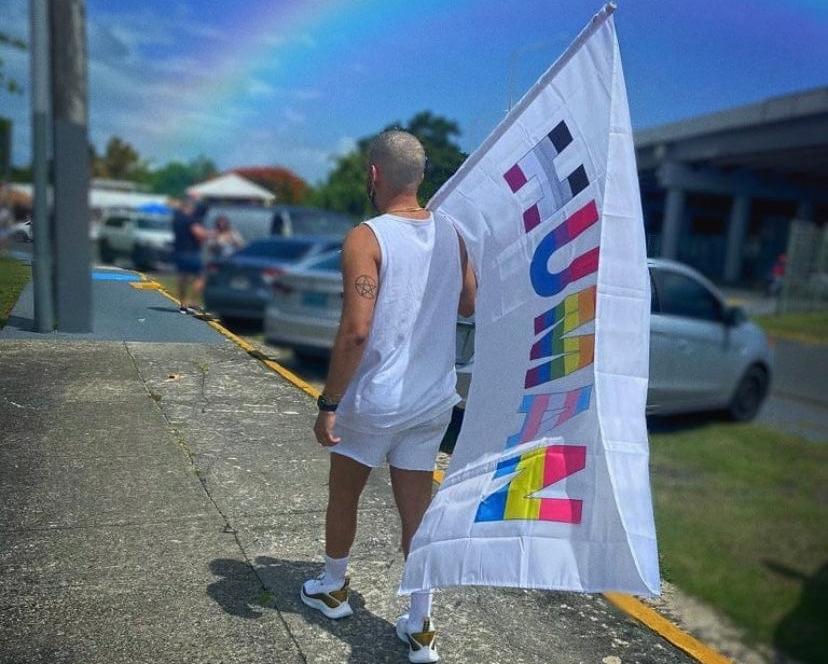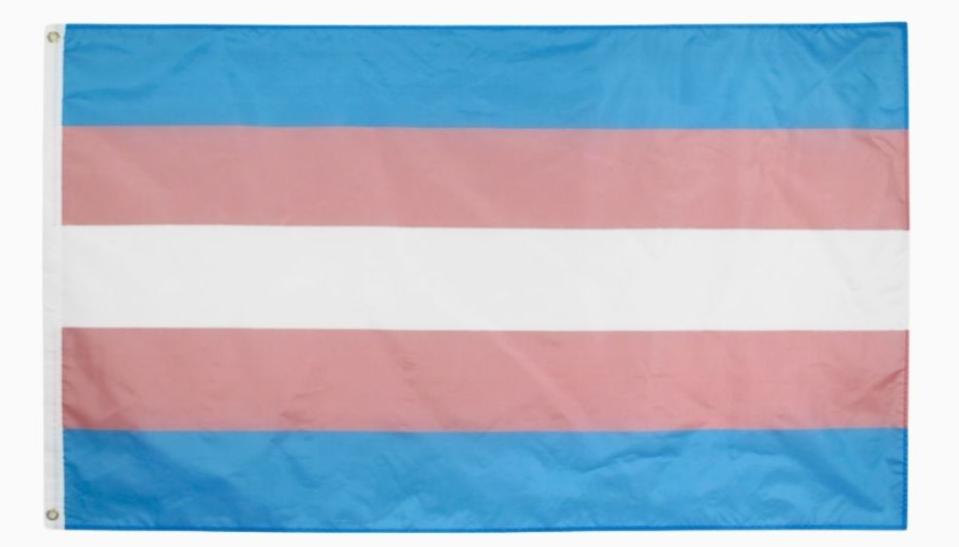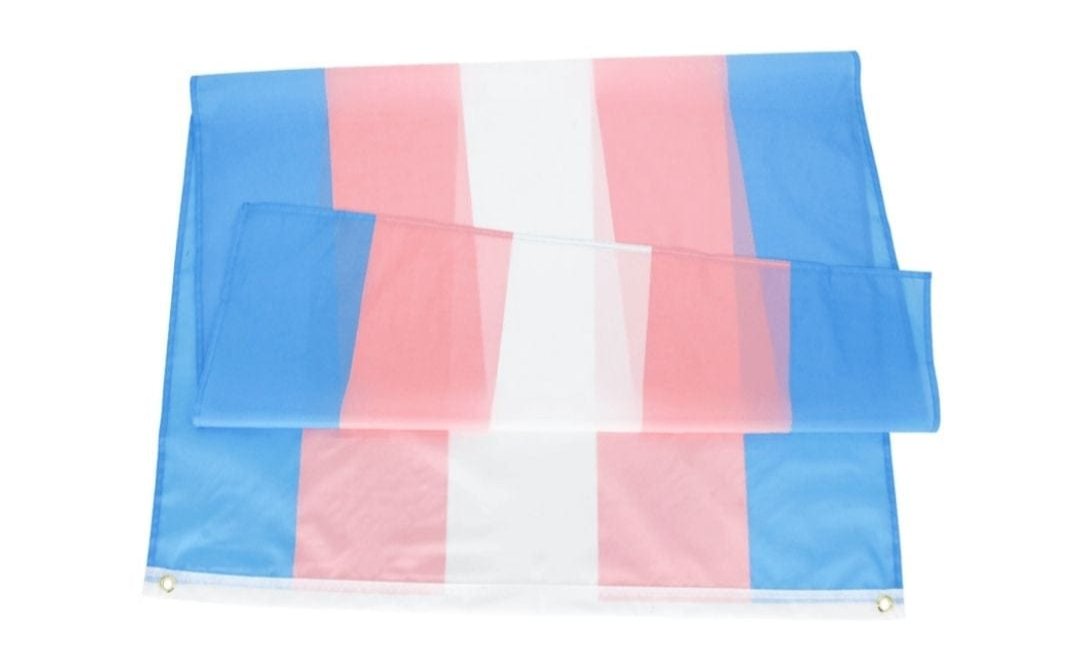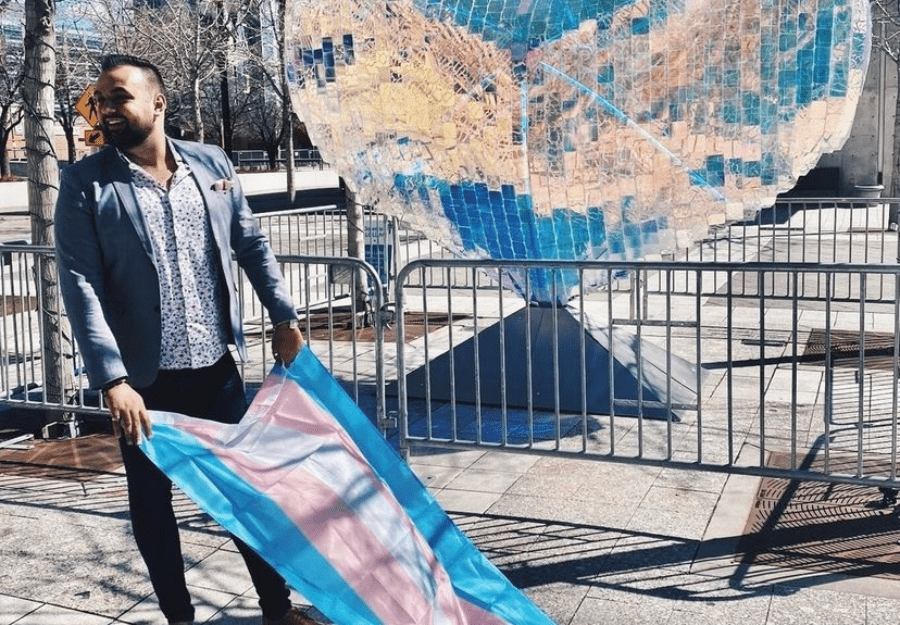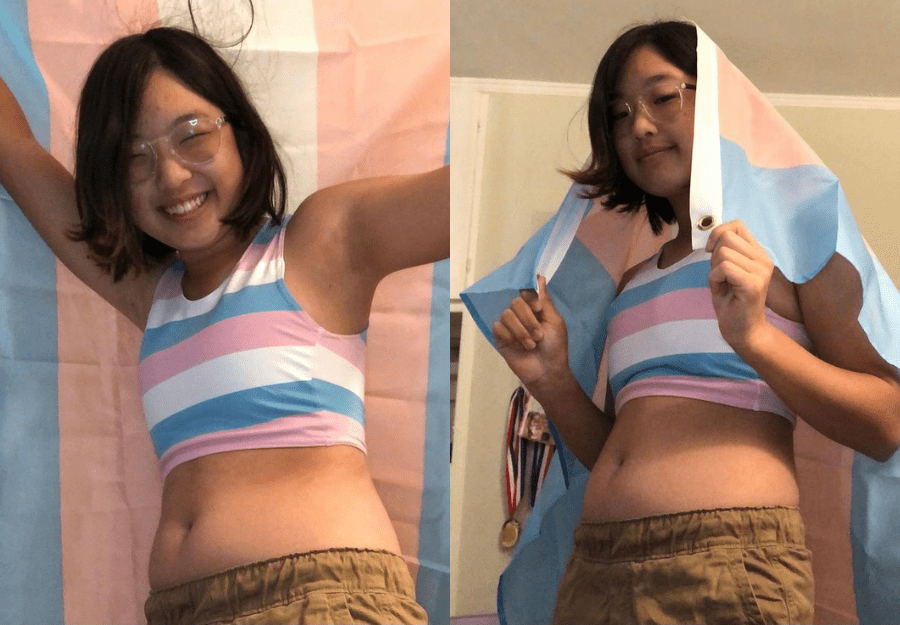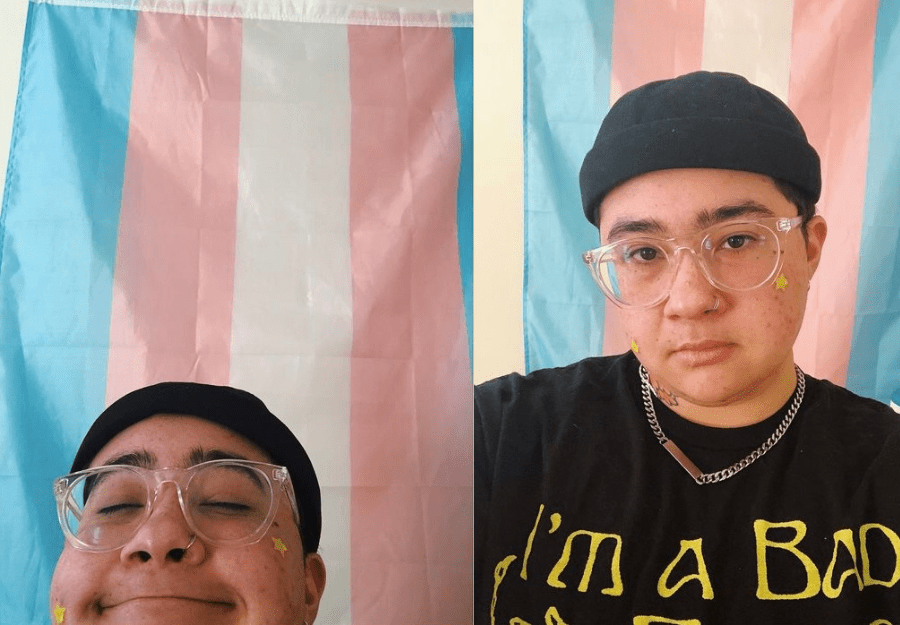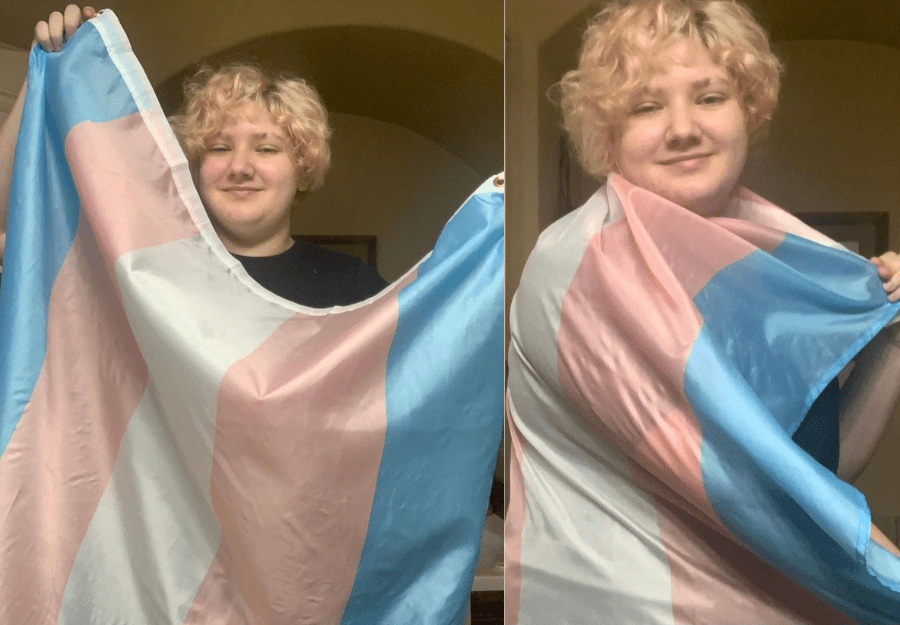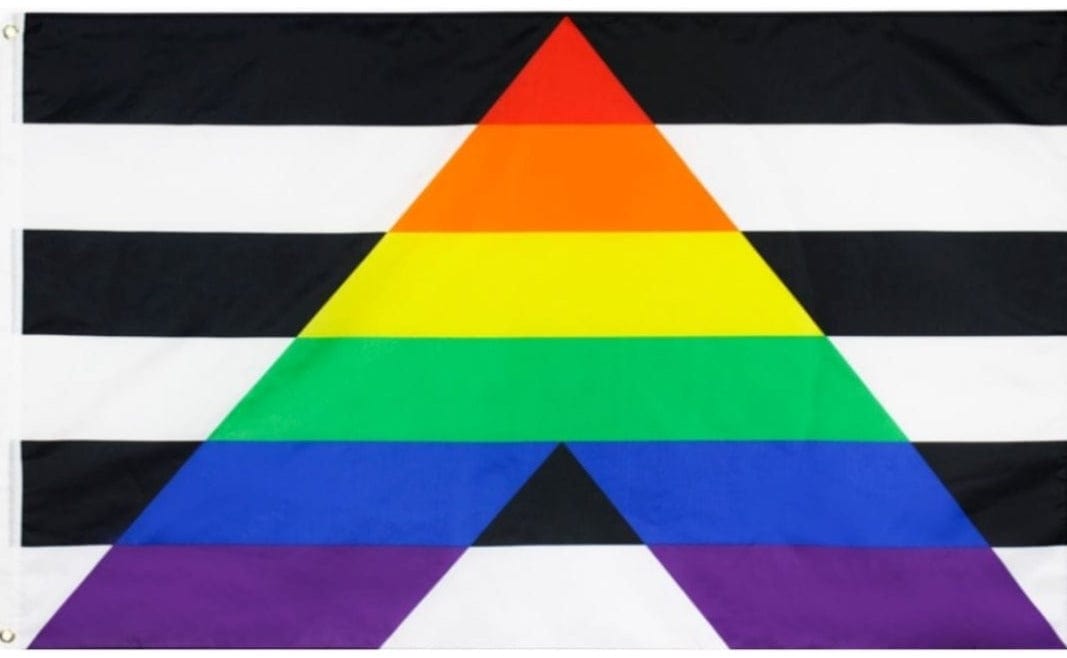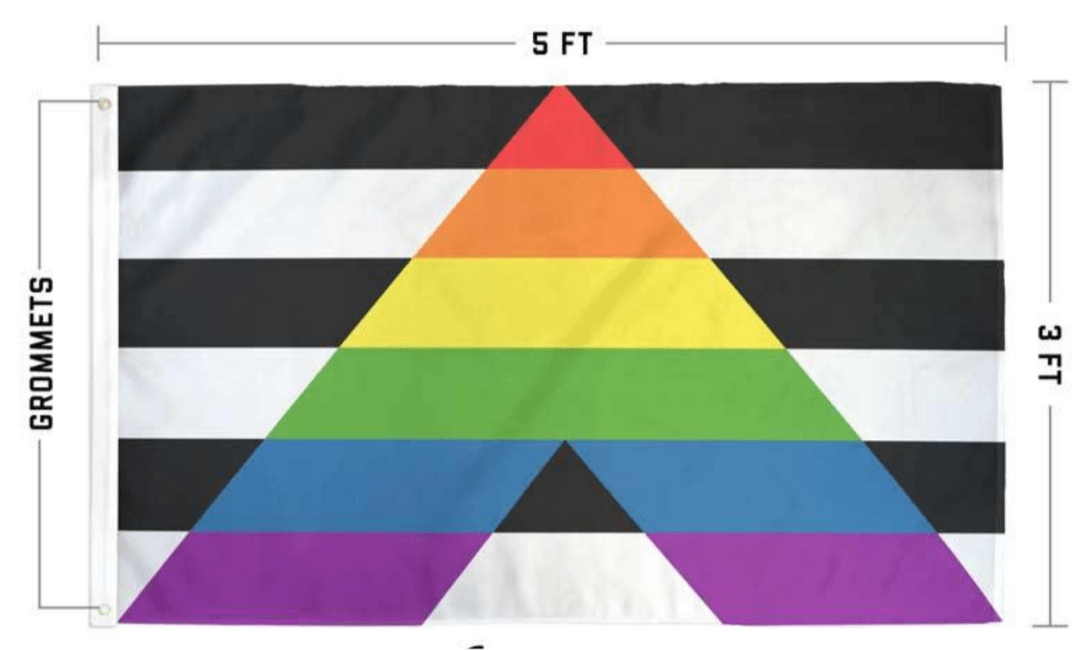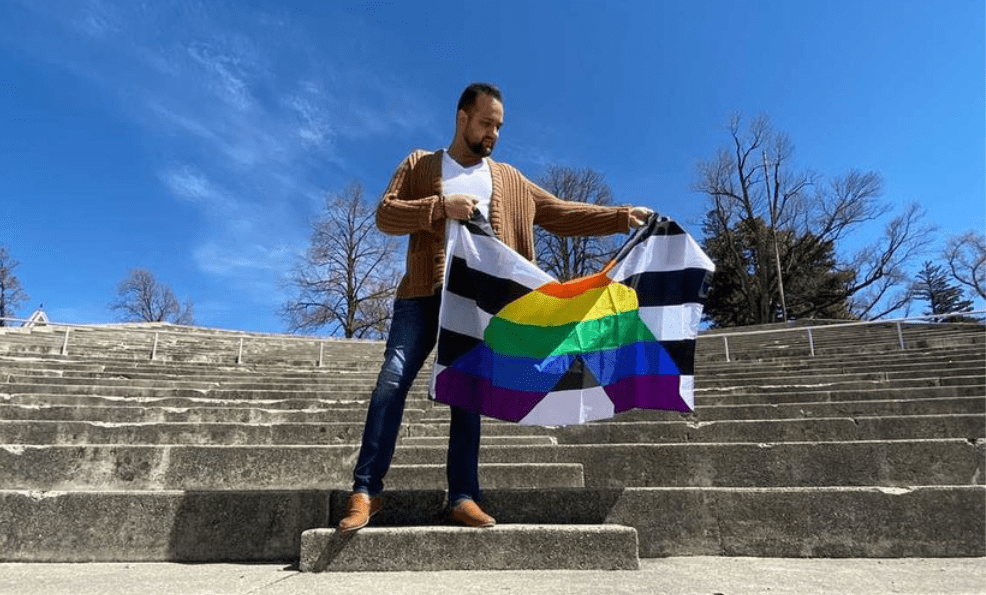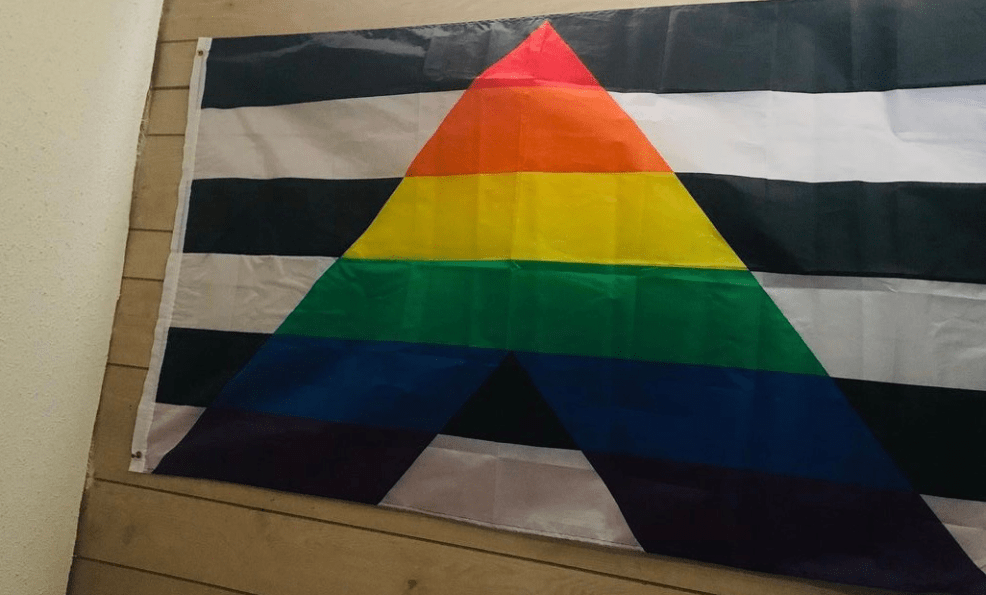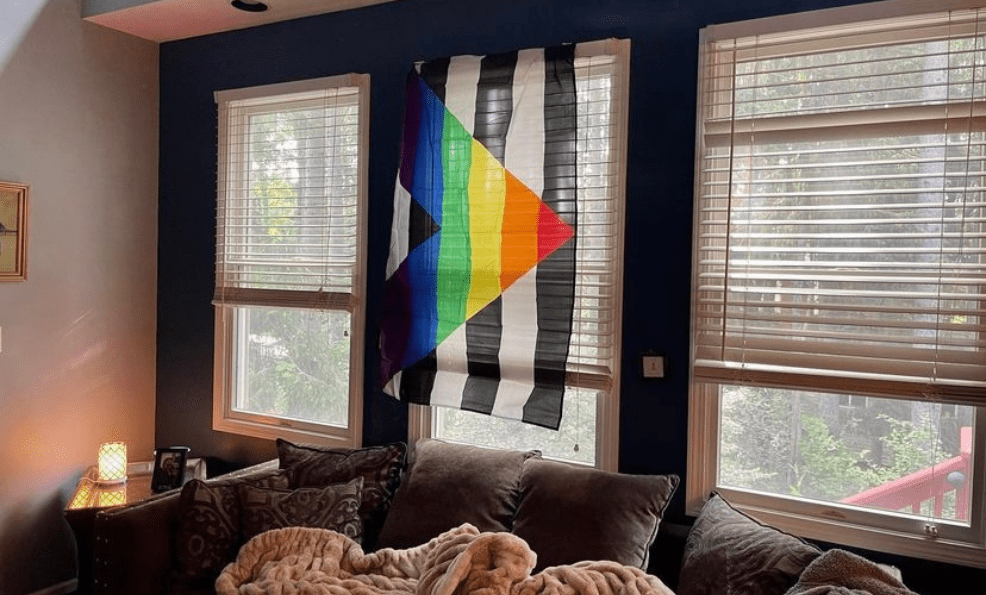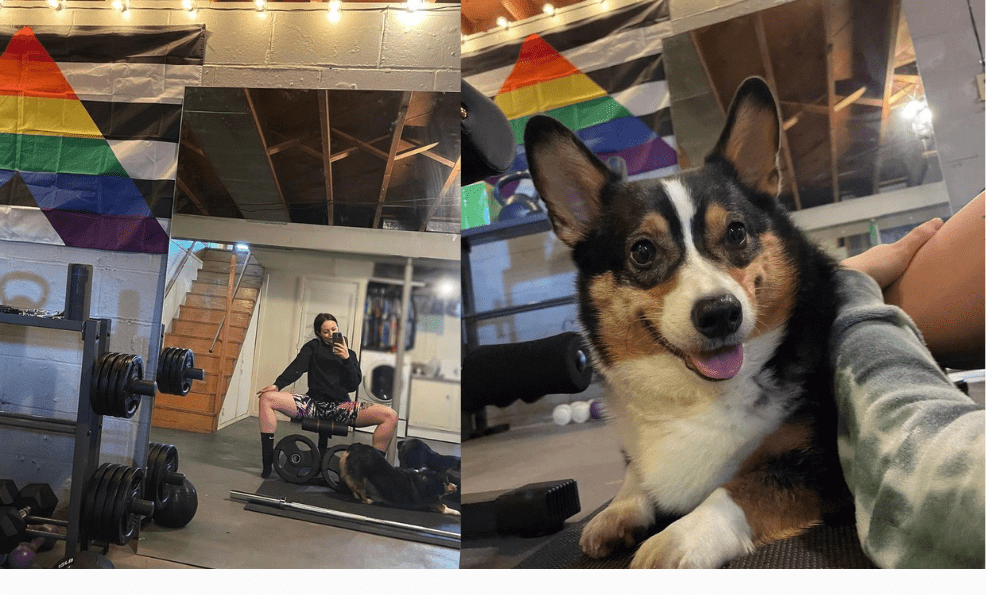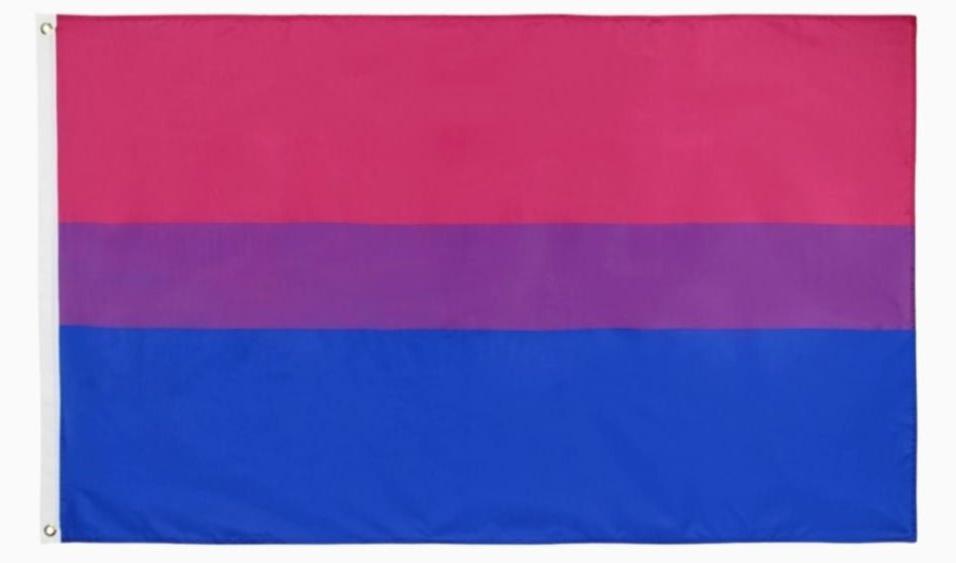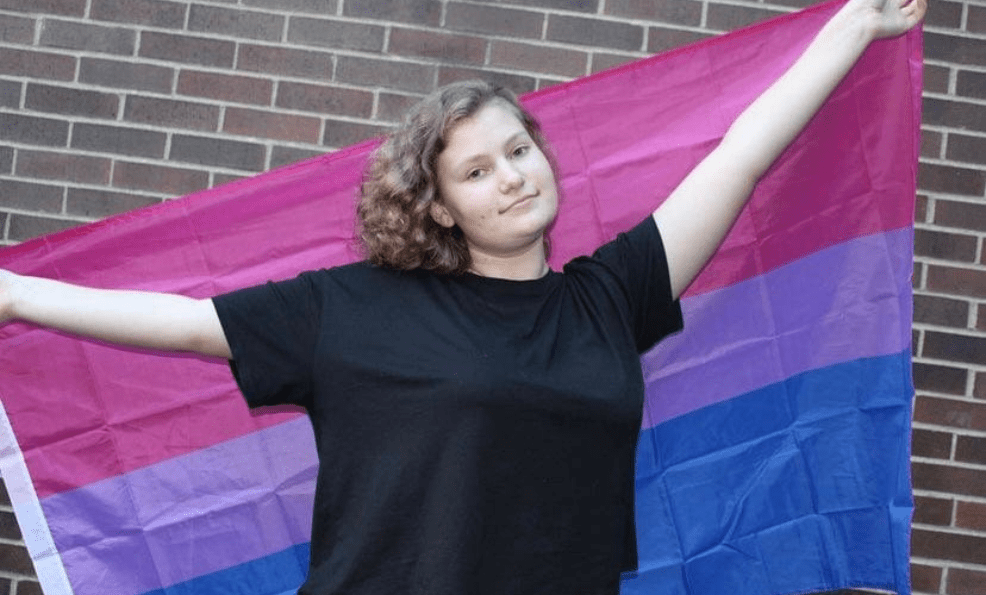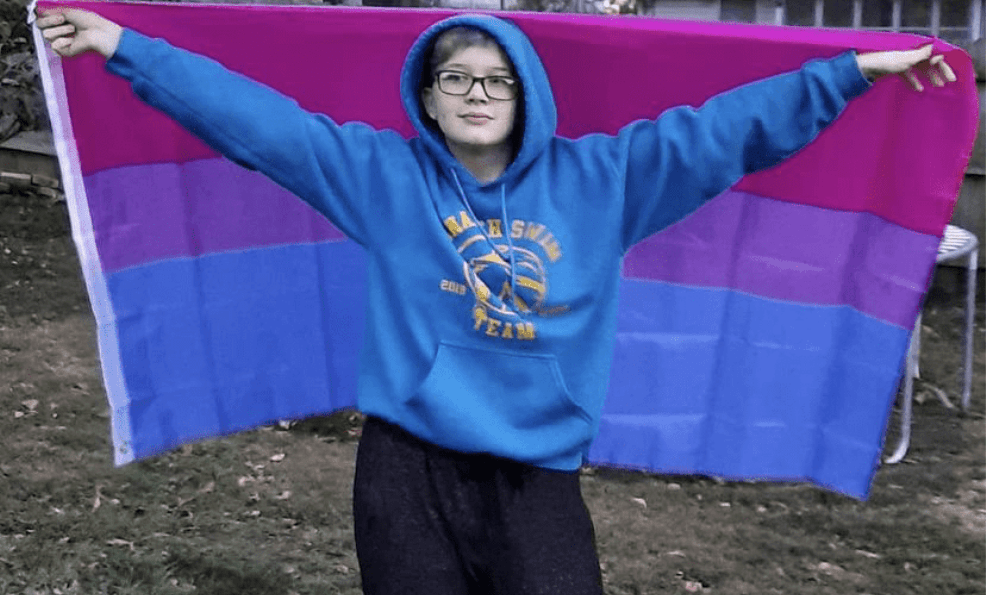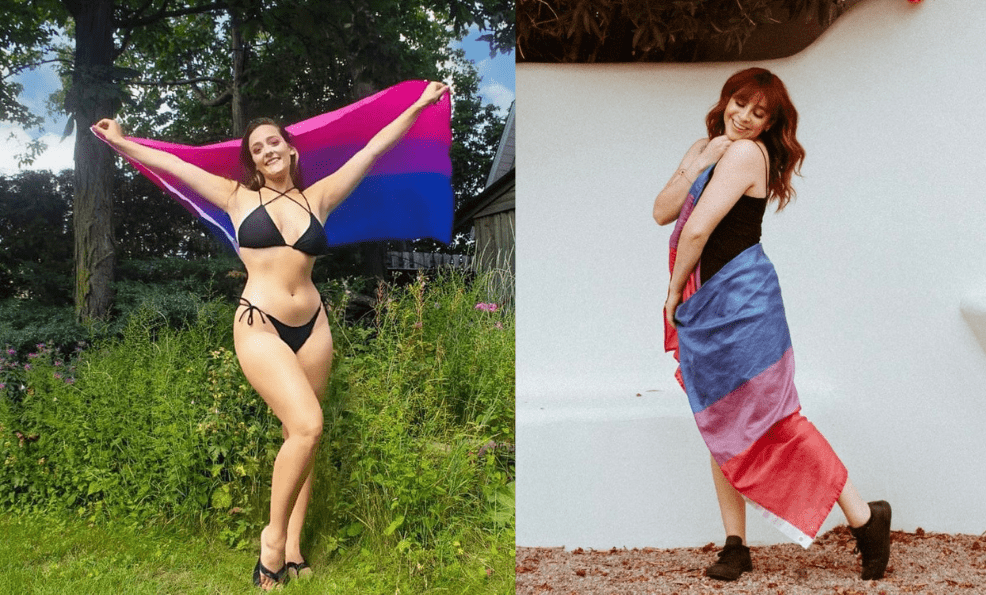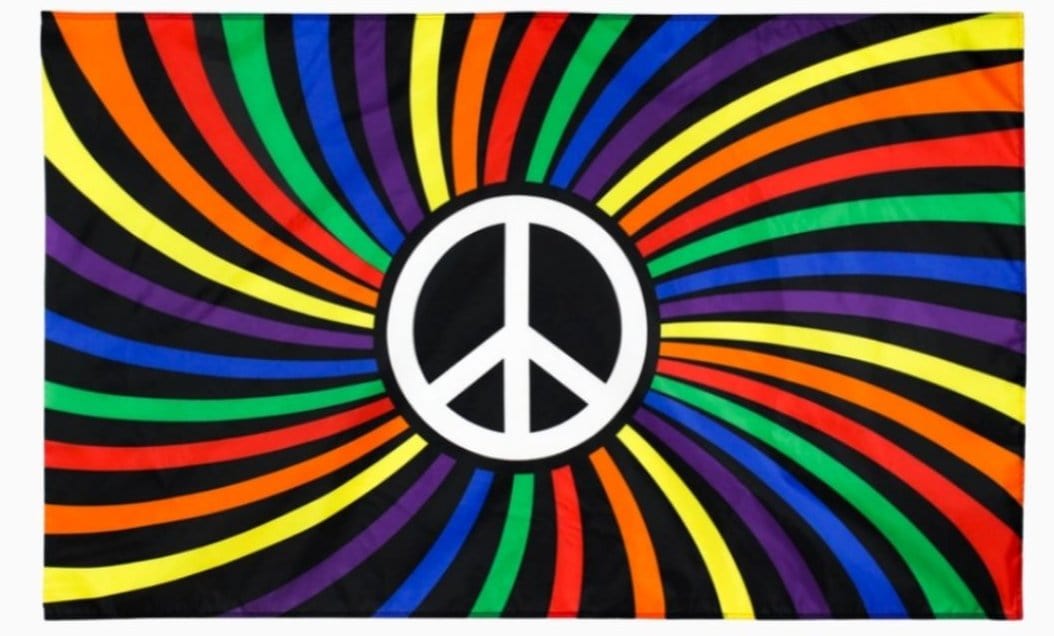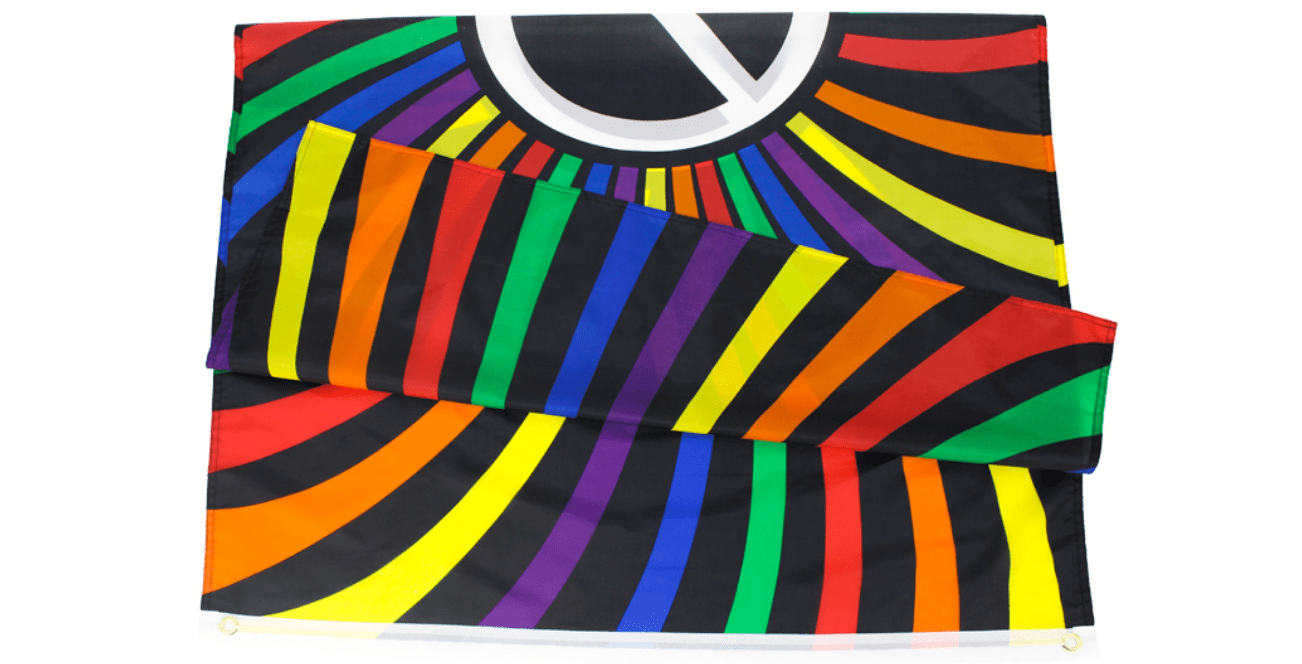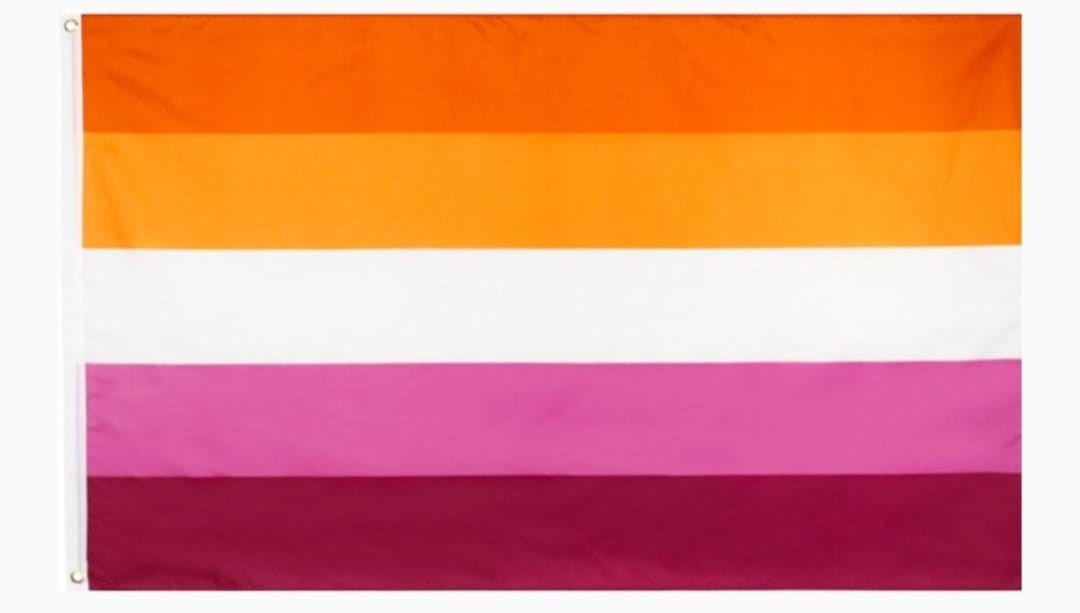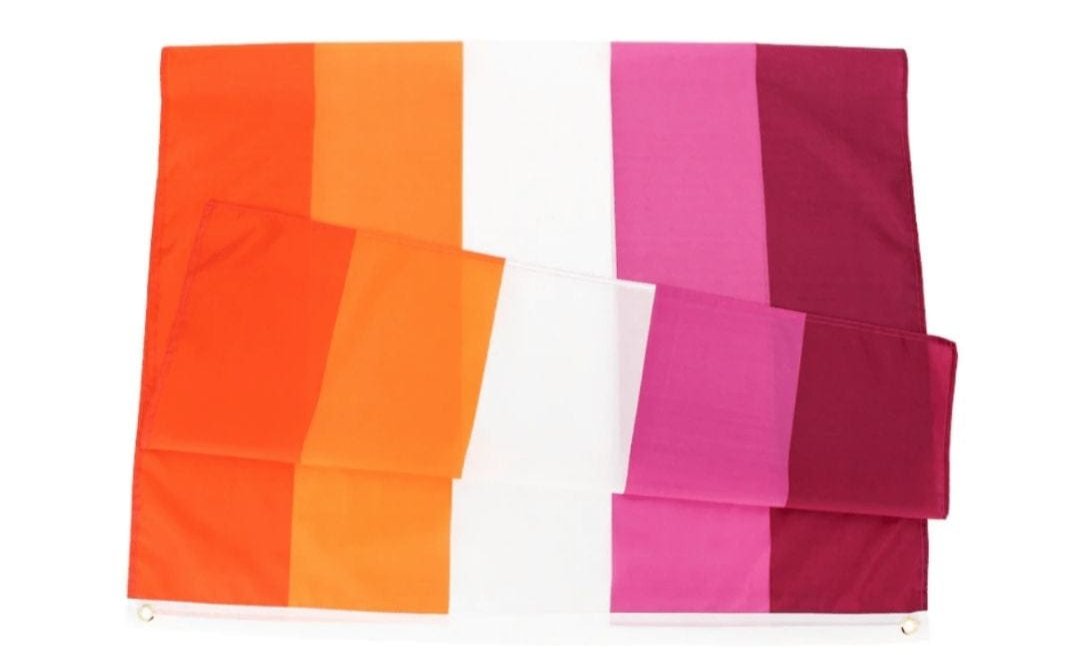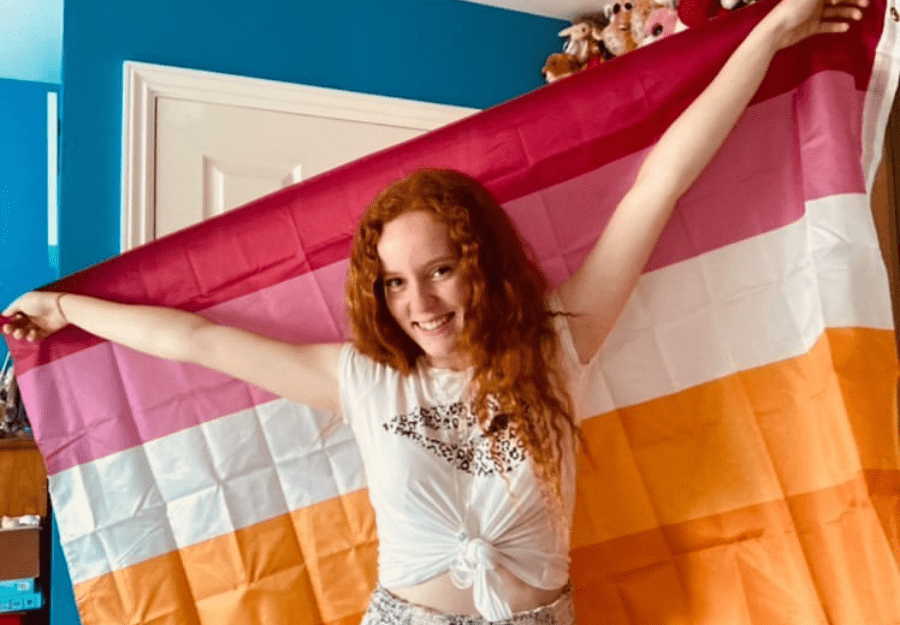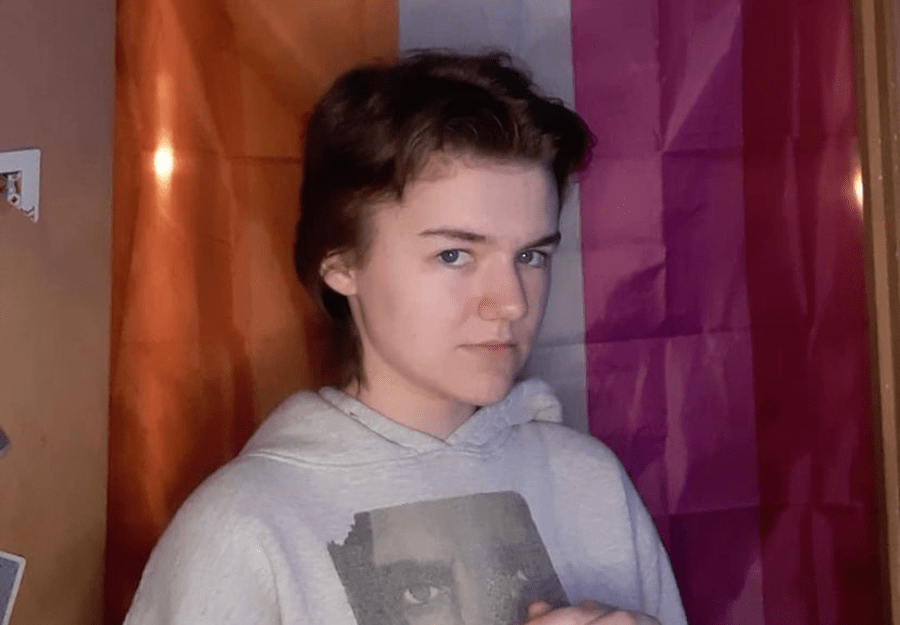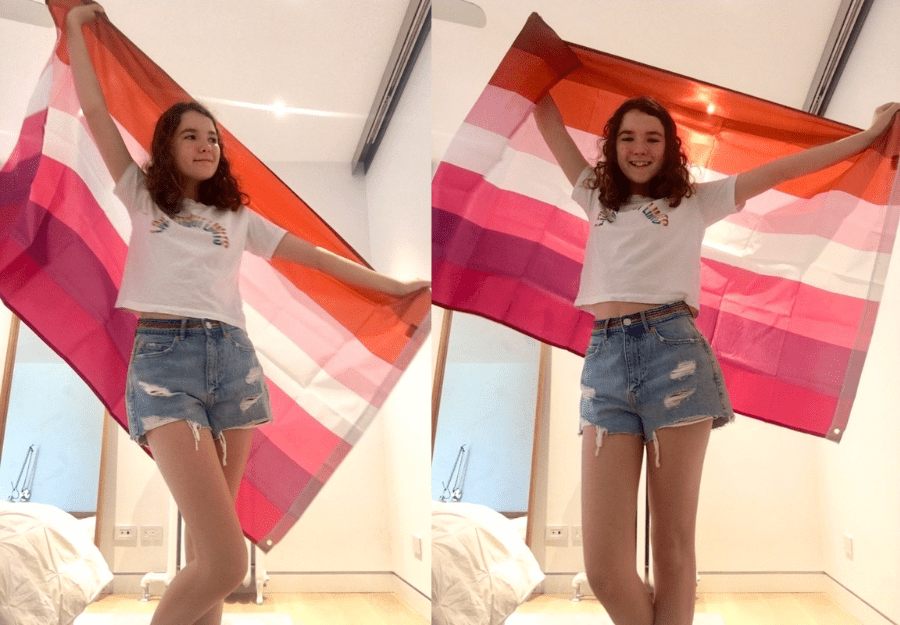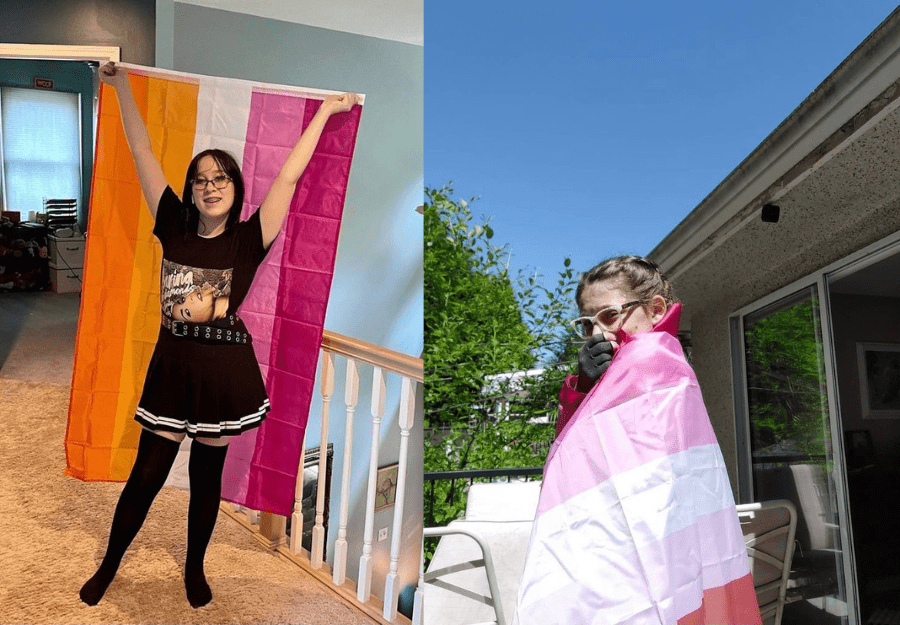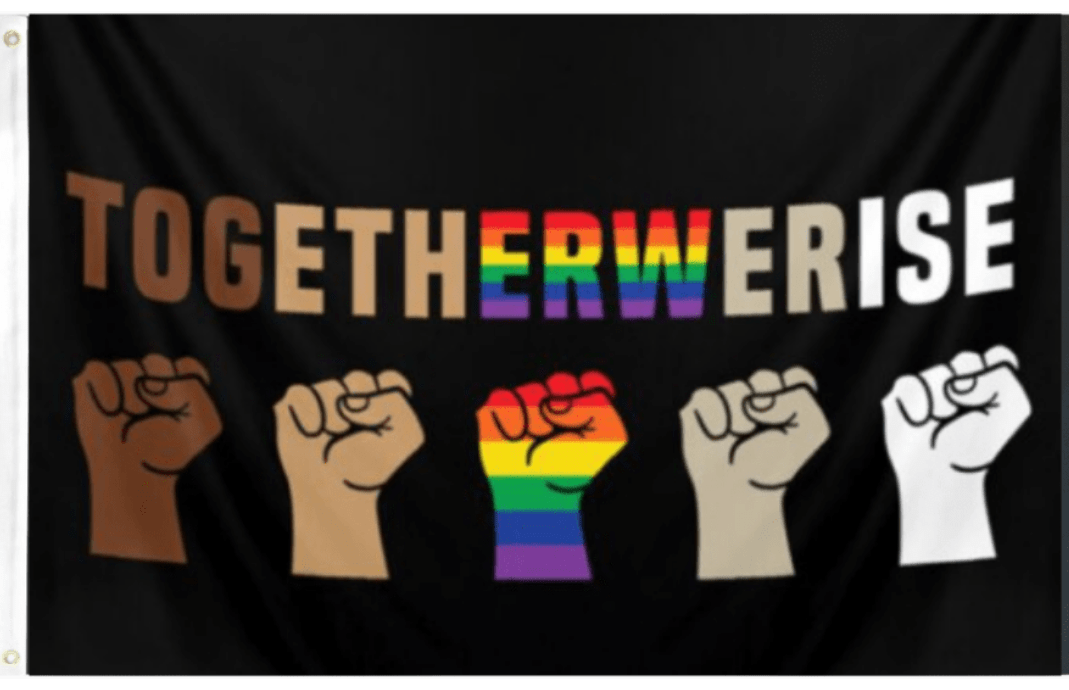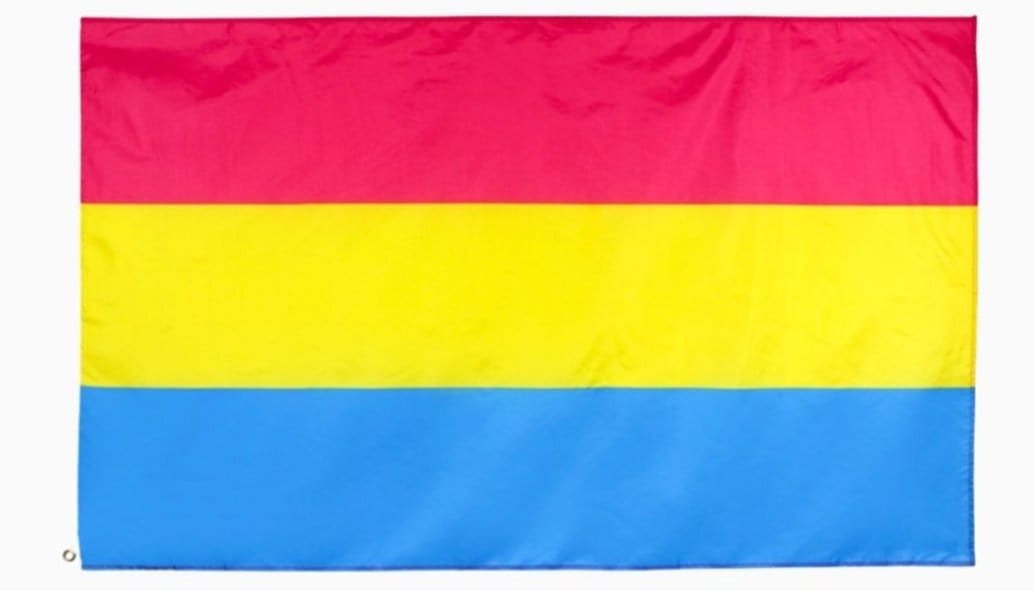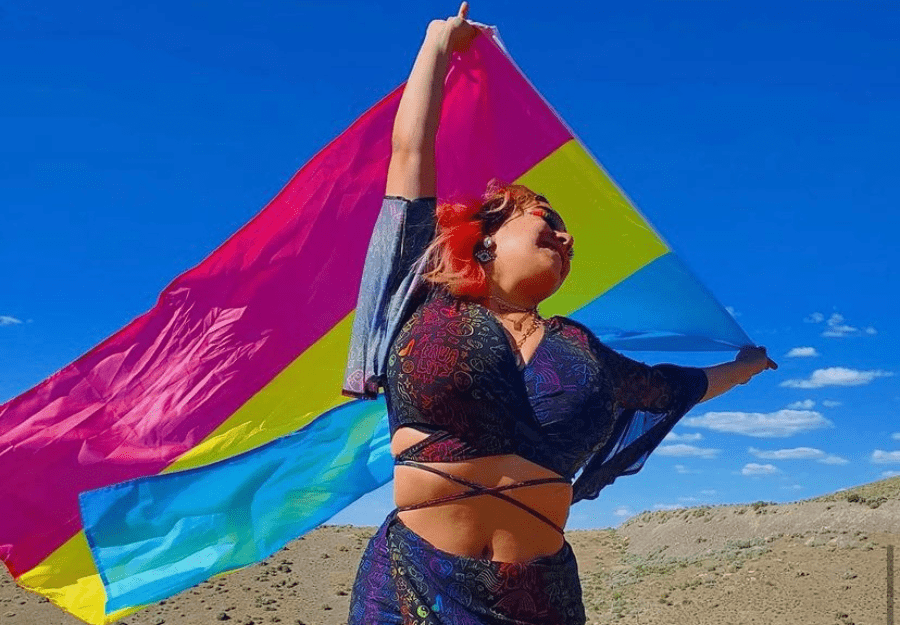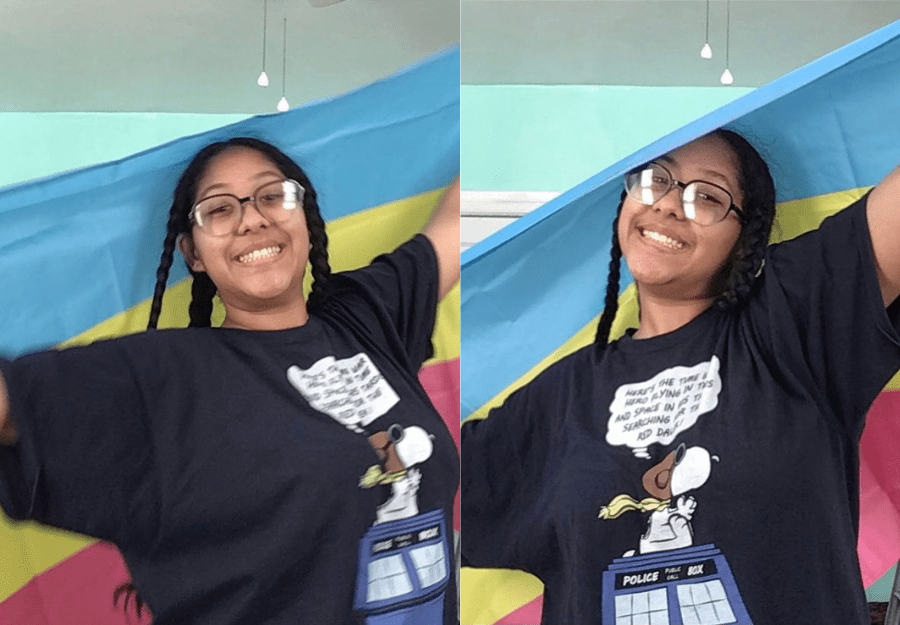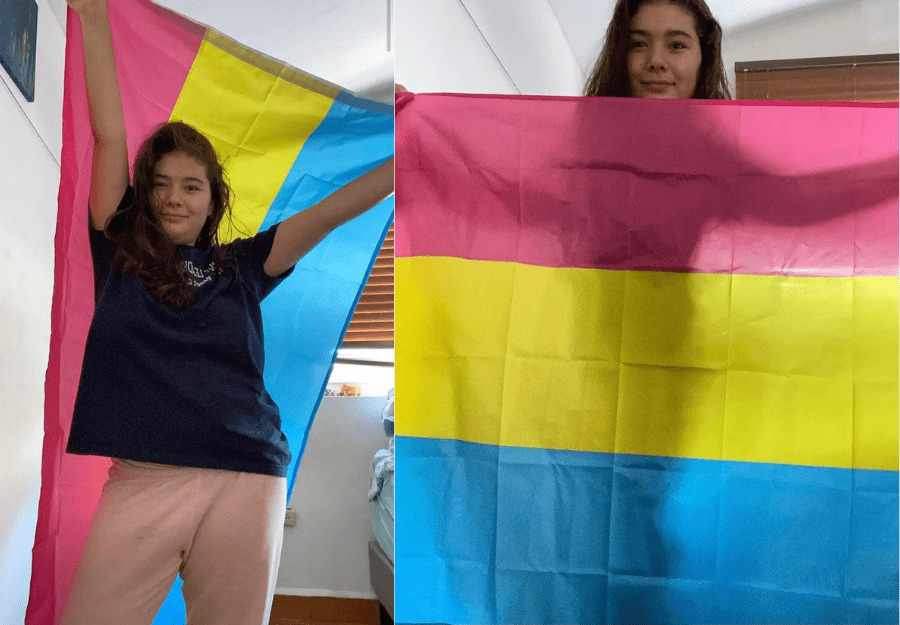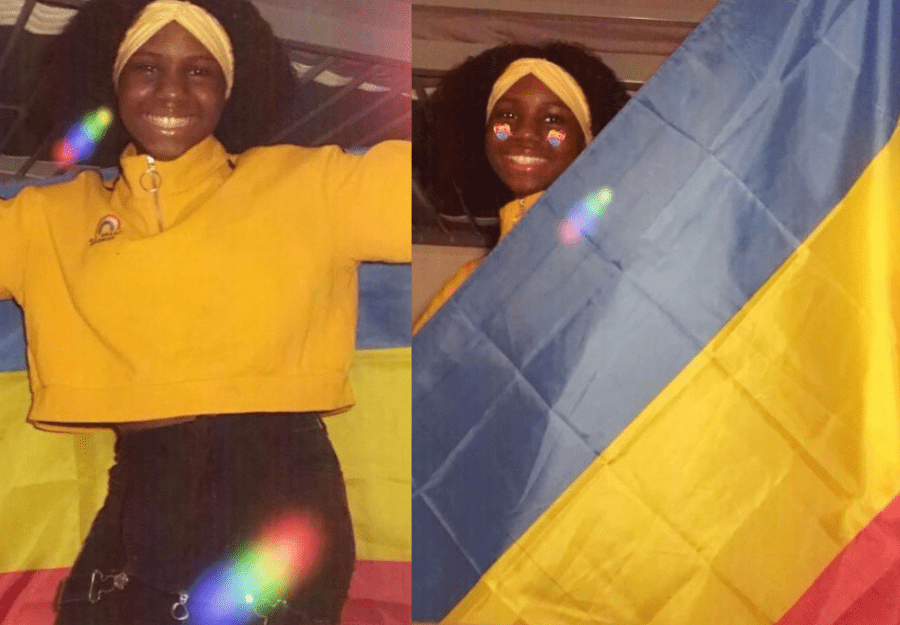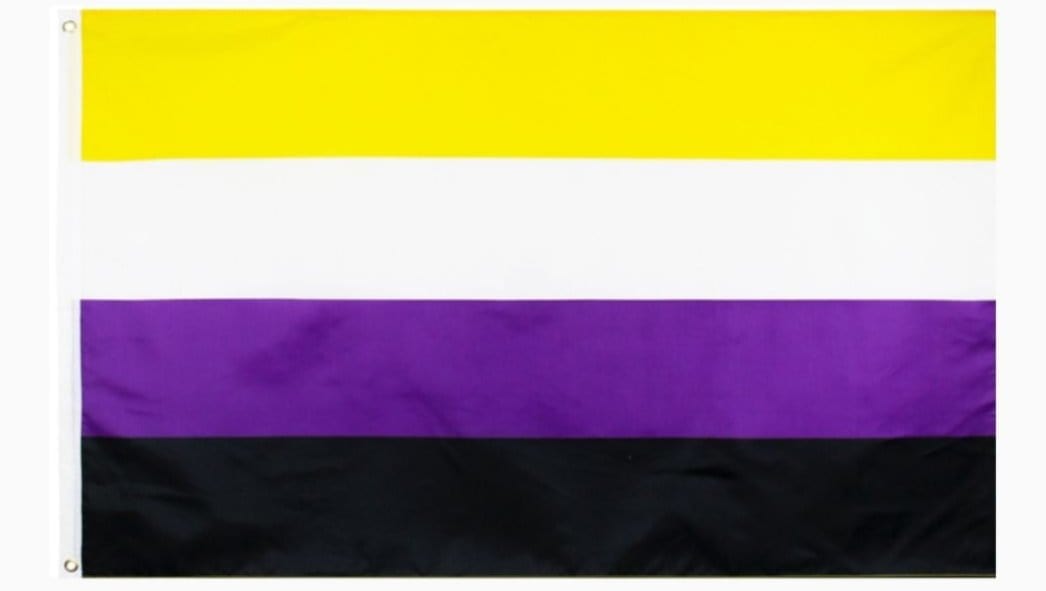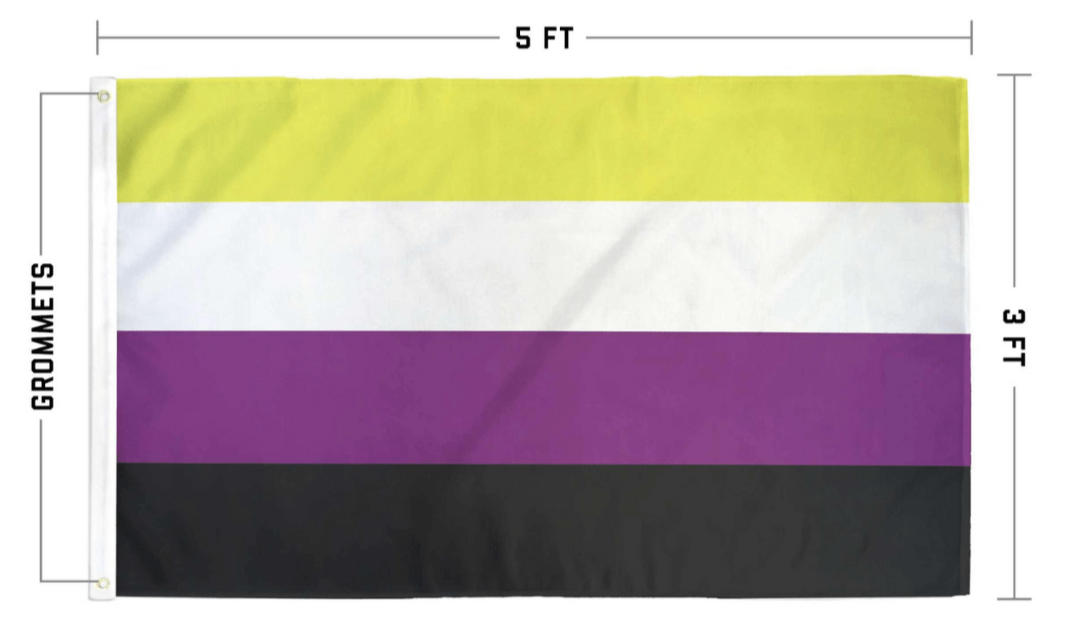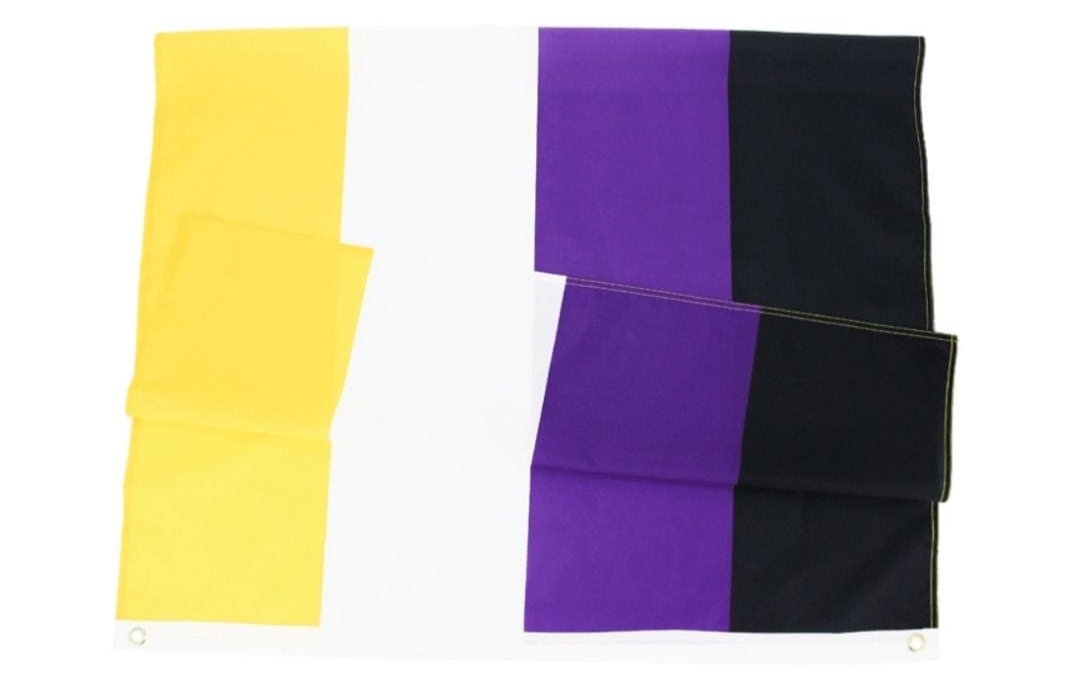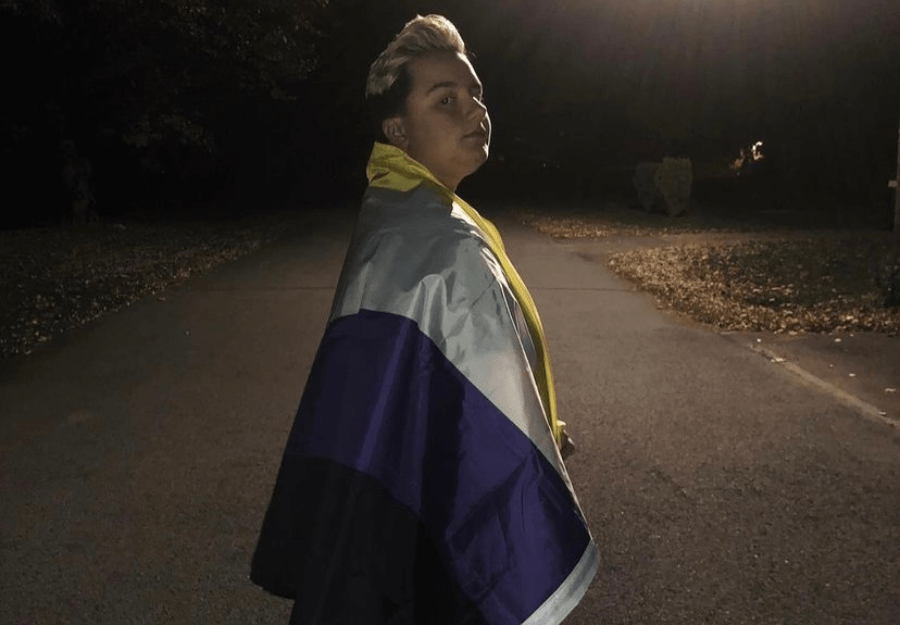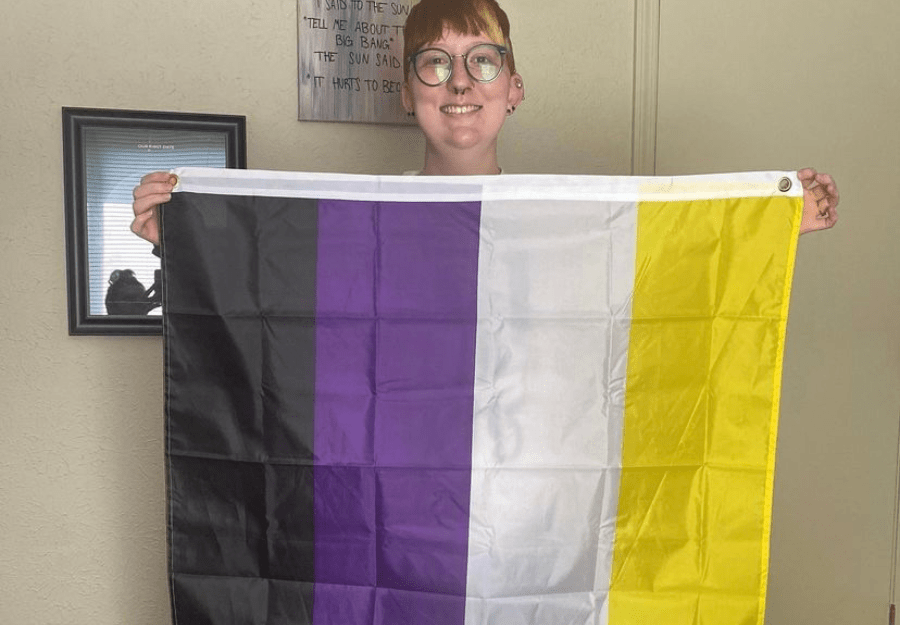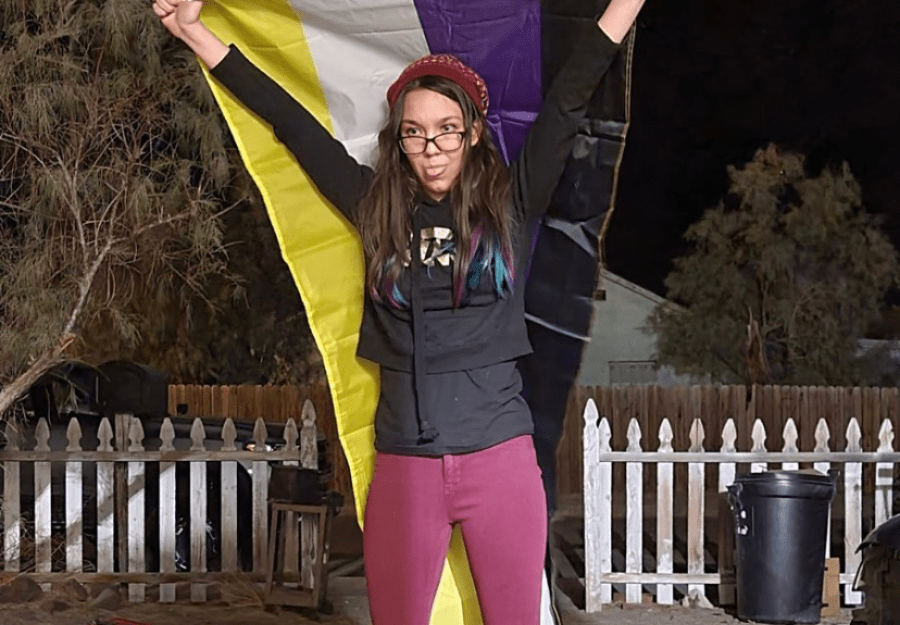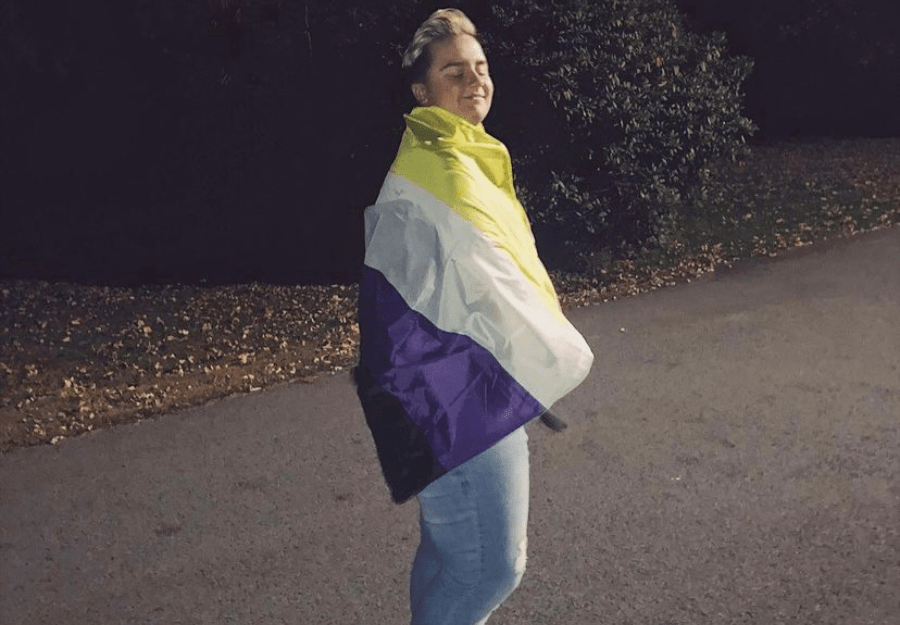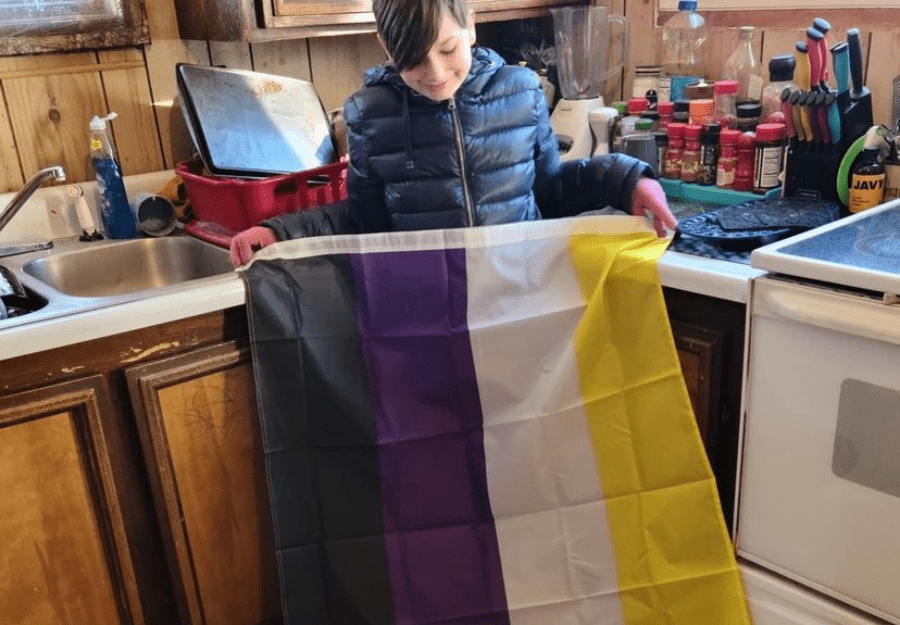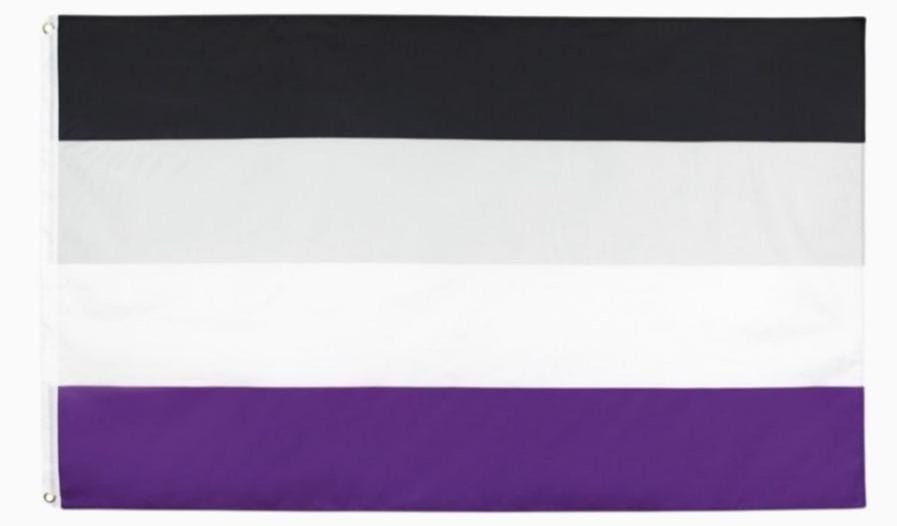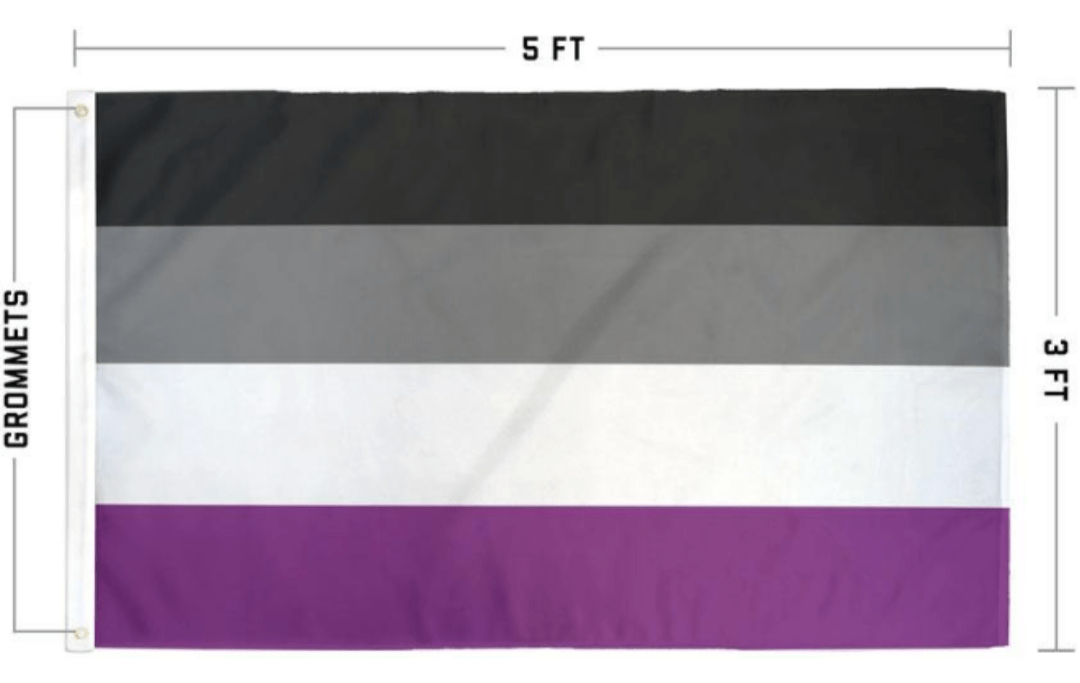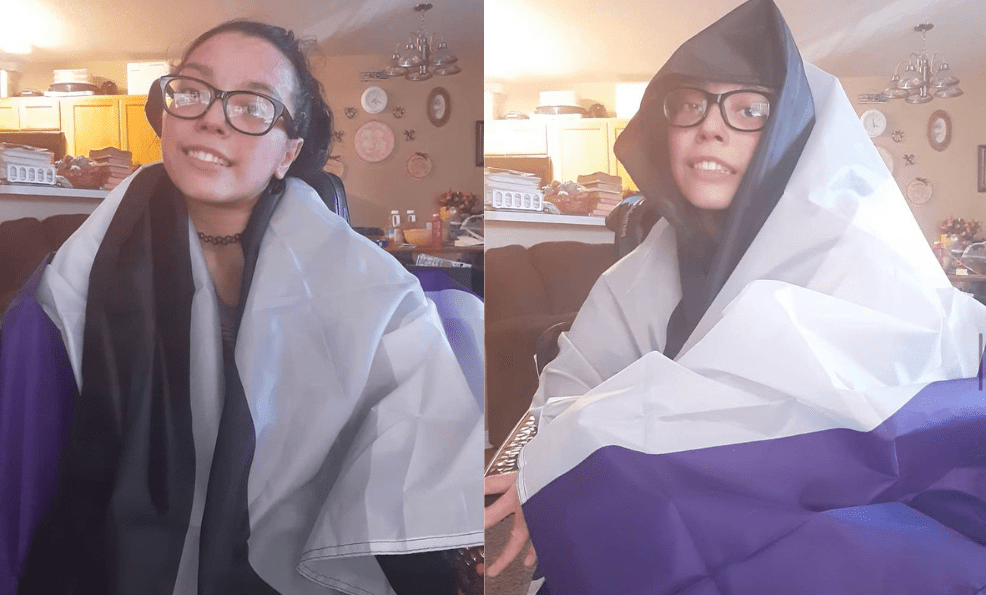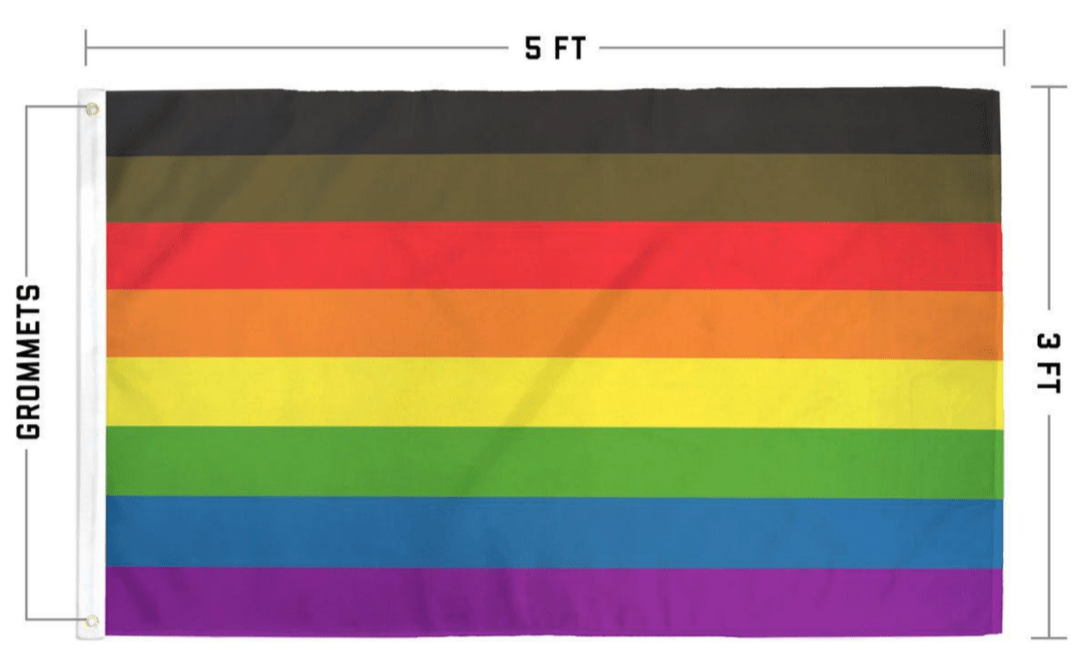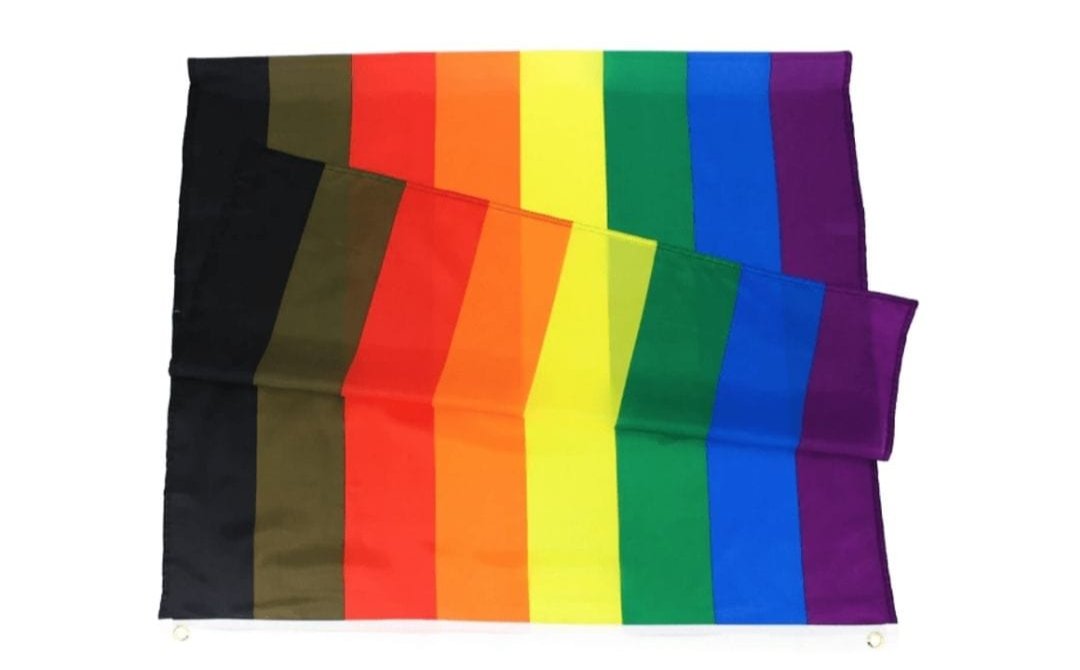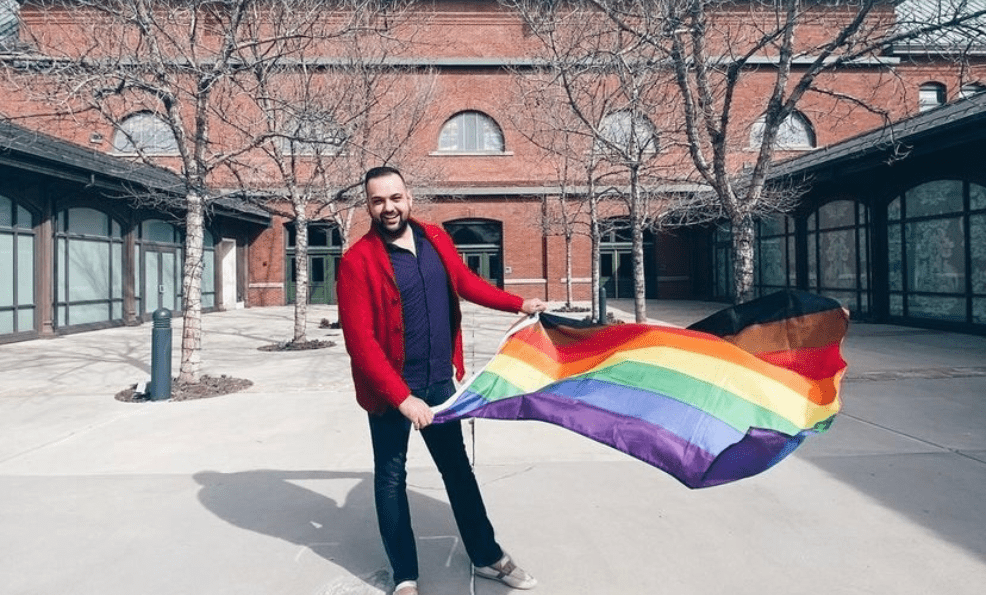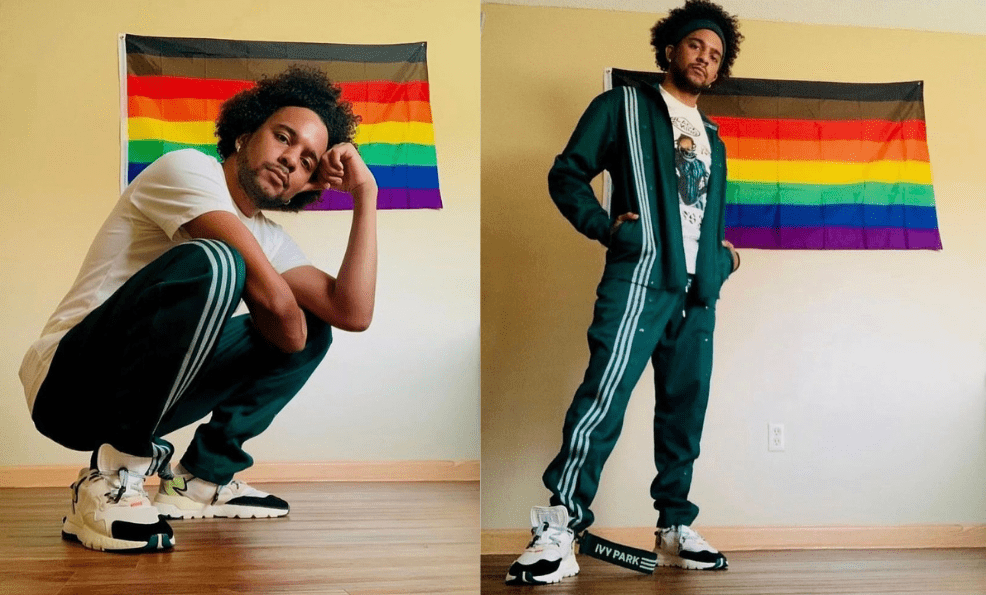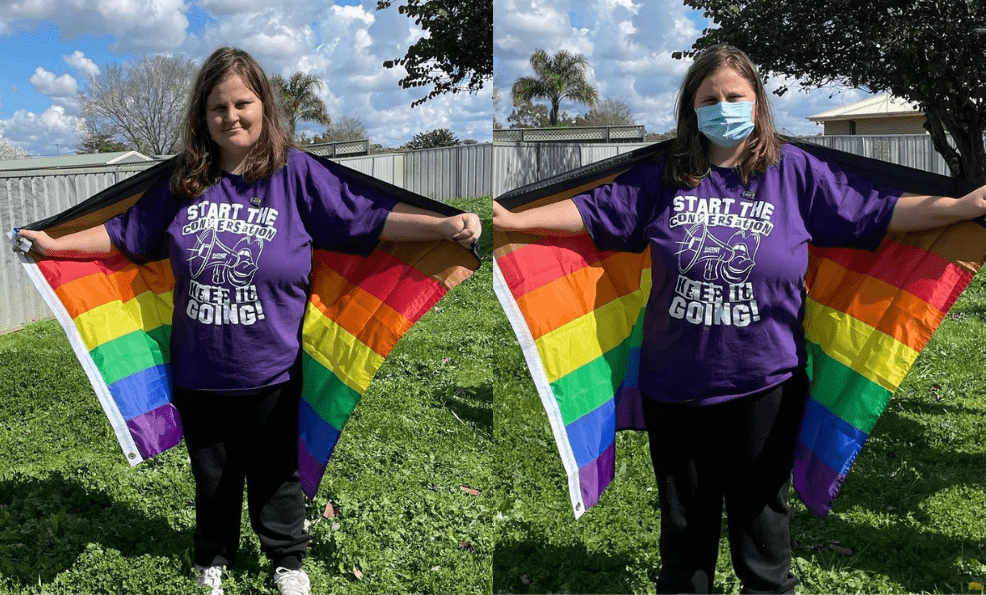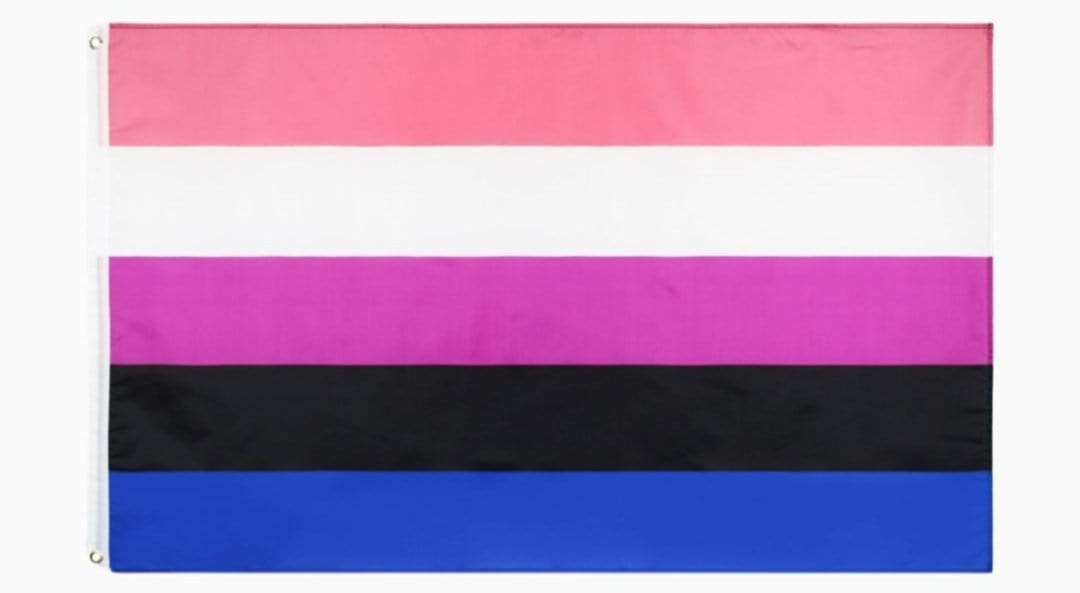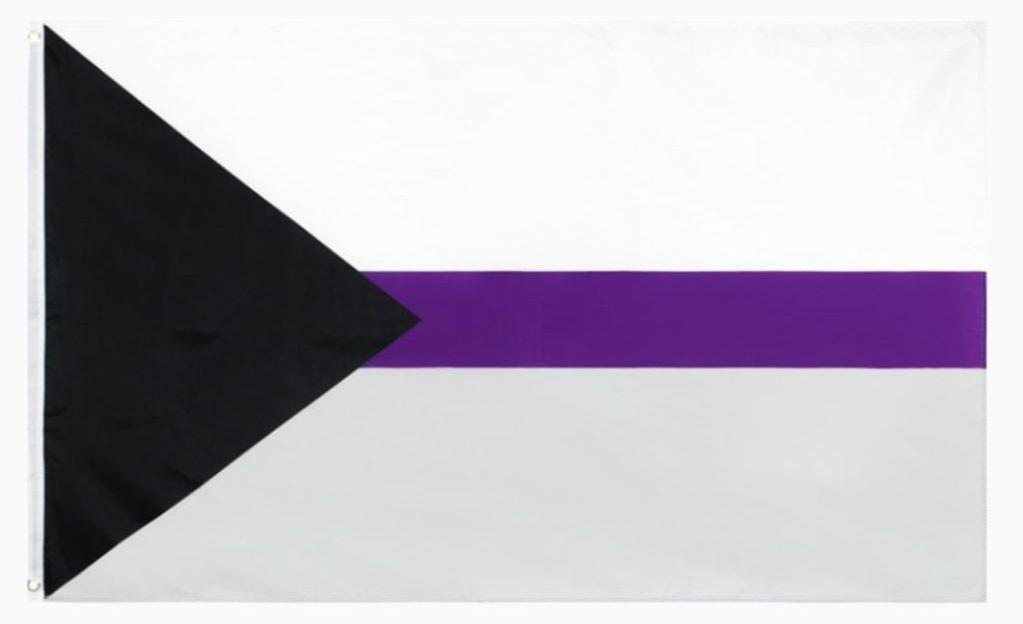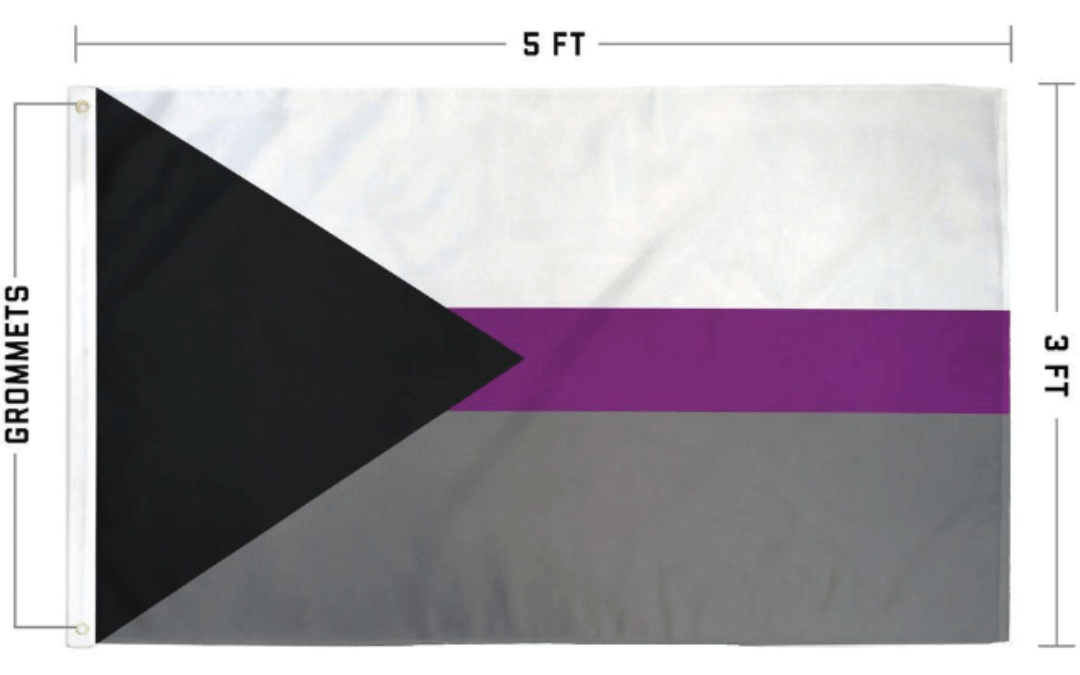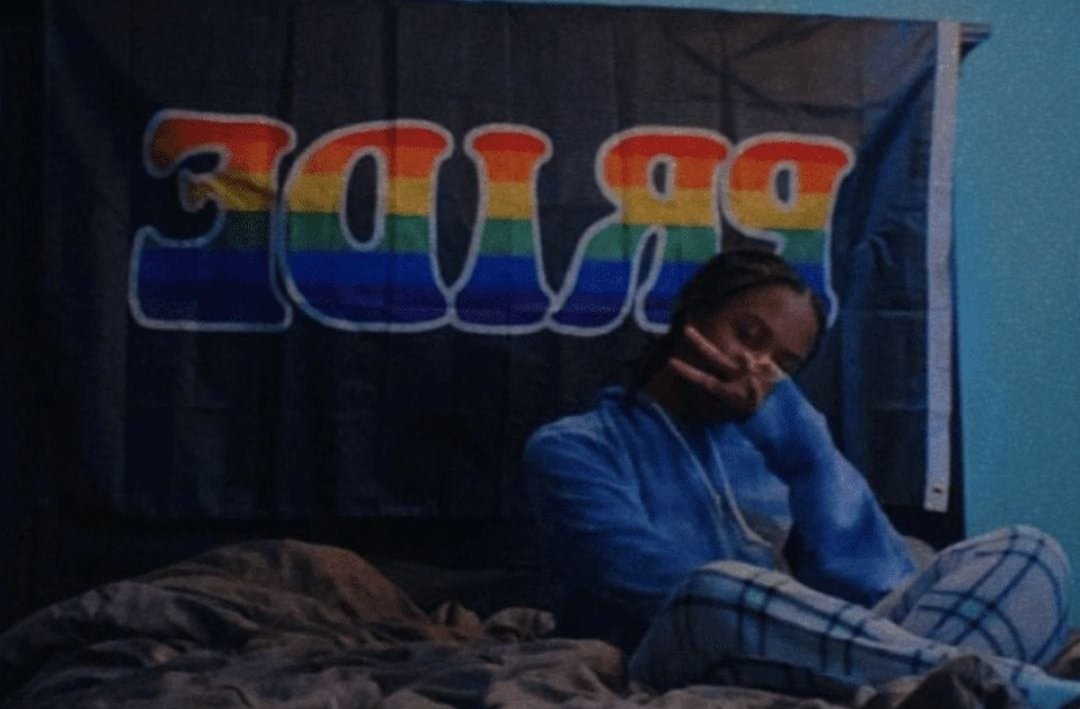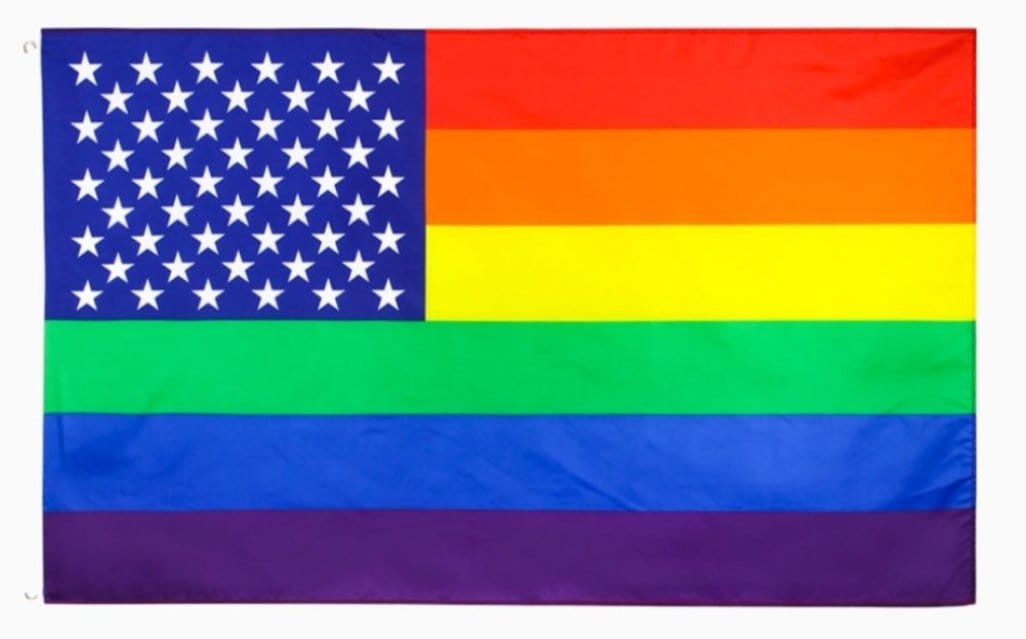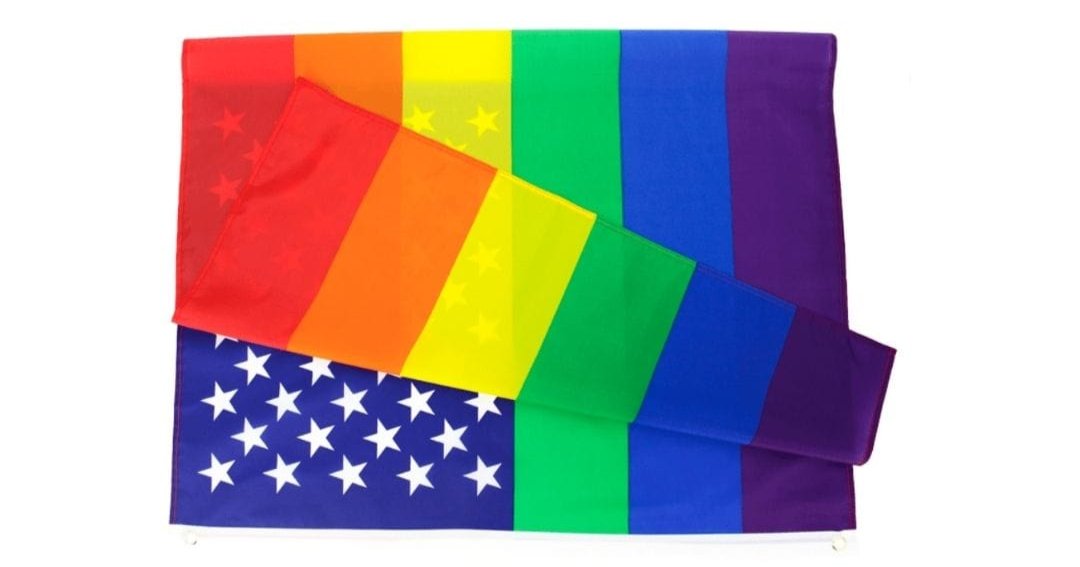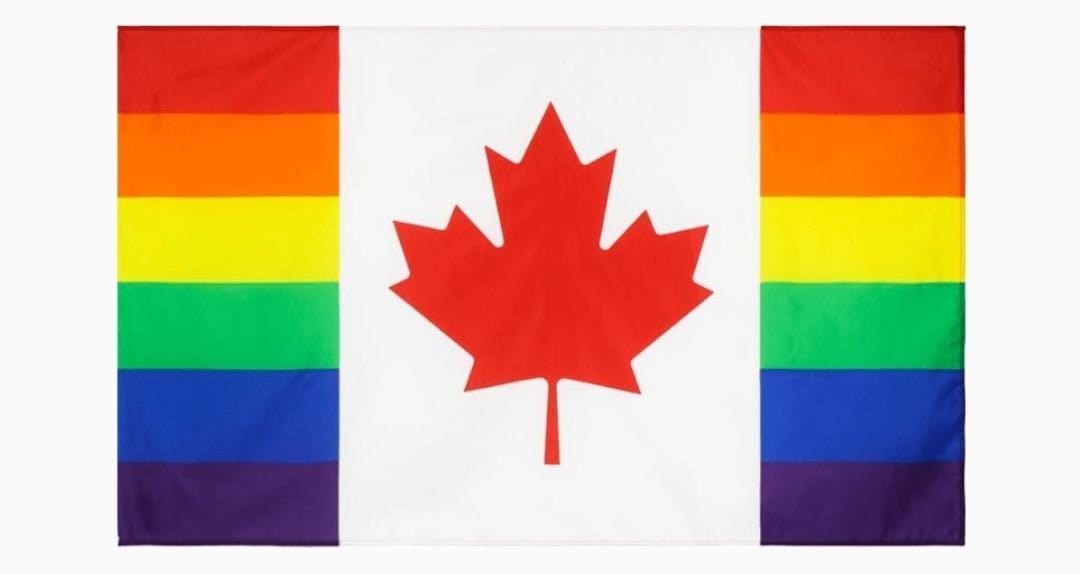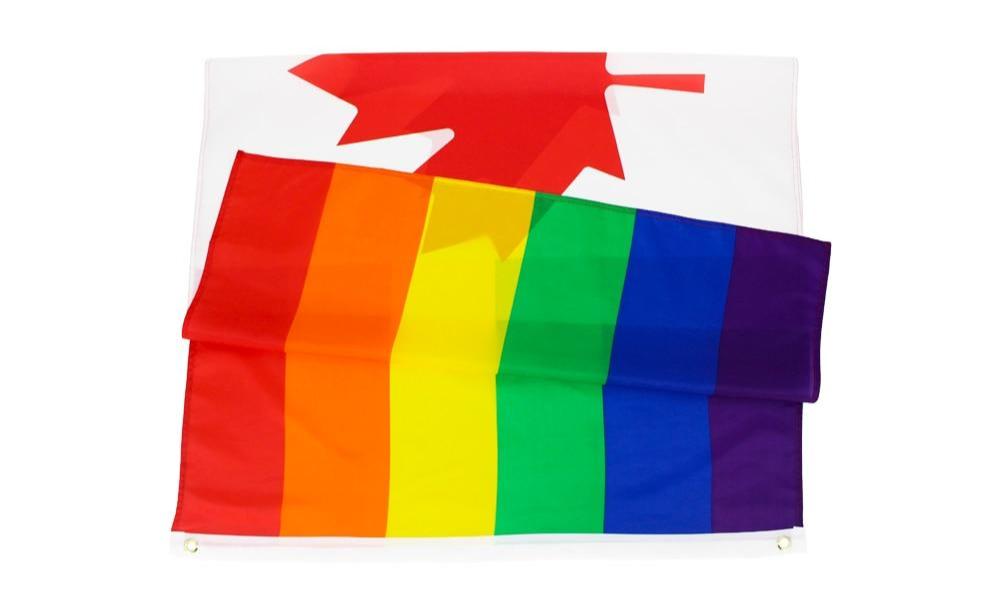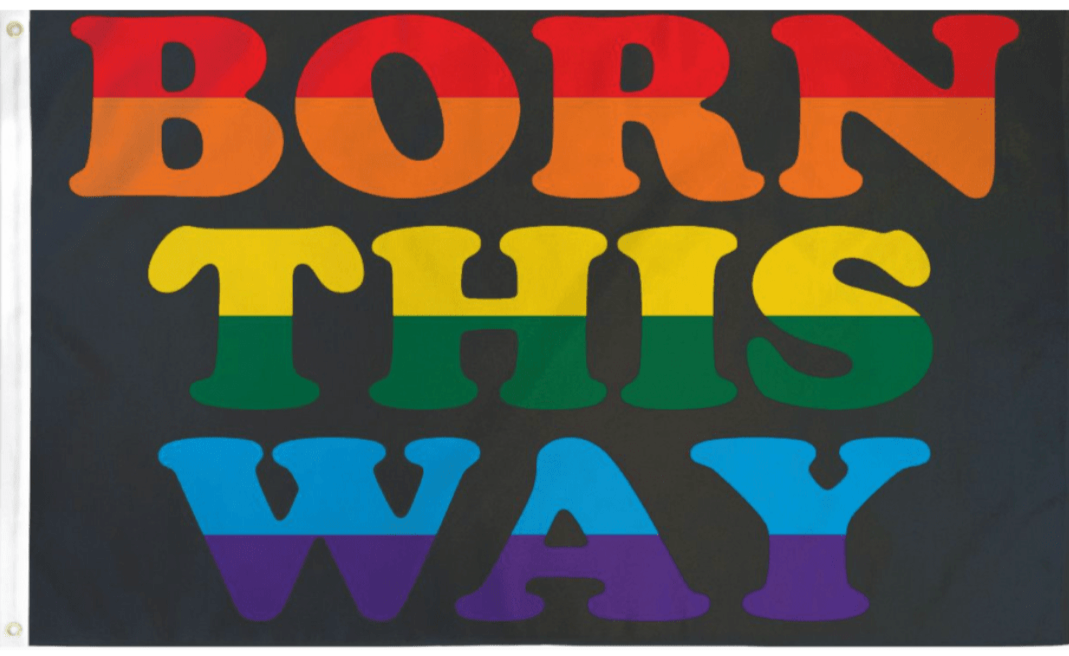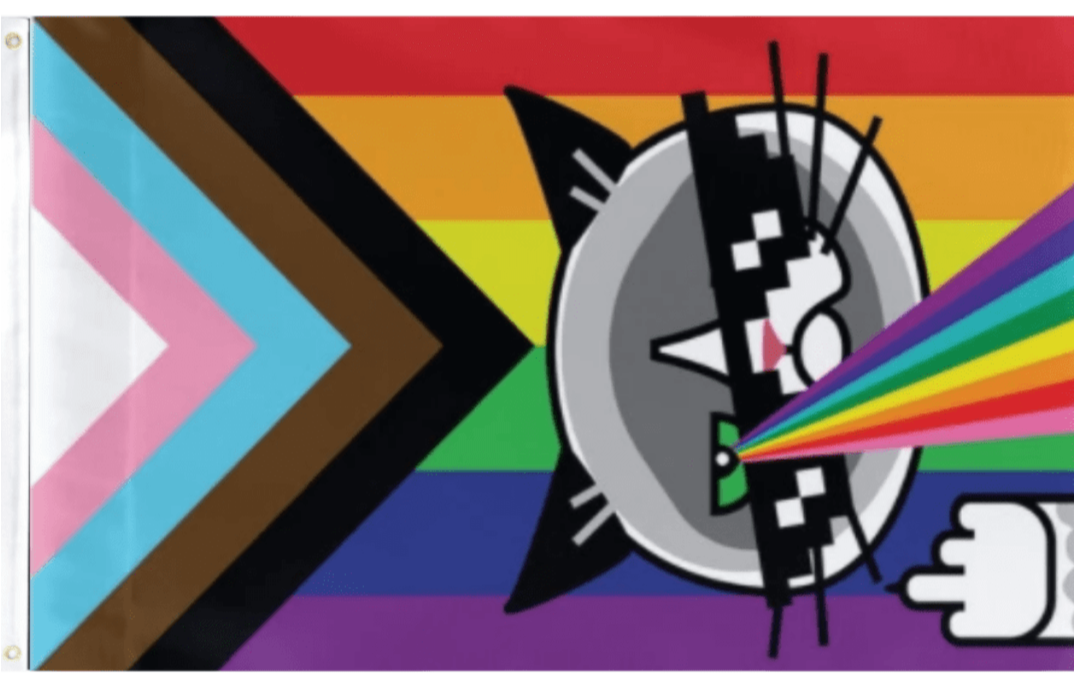As discussions around inclusivity and diversity continue to evolve, the concept of "Queer Space" has come under scrutiny for potentially becoming too exclusive. These spaces, which were originally created to offer safe havens for LGBTQ+ individuals, are facing a new debate. This conversation raises critical questions about how to balance the need for safe spaces that protect marginalized communities while ensuring they remain welcoming and inclusive for all members of the LGBTQ+ spectrum.
What is 'Queer Space'?
"Queer Space" refers to both physical and virtual environments where LGBTQ+ individuals can feel safe, supported, and free from discrimination. These spaces play a crucial role in providing a sense of belonging and community for those who may face prejudice or marginalization in mainstream society. From LGBTQ+ bars and community centers to online forums and social groups, these spaces offer refuge and solidarity. However, as the community becomes more diverse and complex, so do the needs and expectations within these spaces.
The Debate: Inclusivity vs. Exclusivity
While the intention behind creating "Queer Space" is to foster inclusivity and support, some critics argue that certain spaces have become too exclusive. This exclusivity might manifest in various forms, such as gatekeeping based on specific identities, a lack of diversity within the community, or an emphasis on particular narratives to the exclusion of others. For example, some LGBTQ+ spaces may primarily cater to cisgender gay men, leaving other members—such as lesbians, bisexual individuals, trans people, or non-binary folks—feeling marginalized within a community that’s supposed to embrace them.
The Importance of True Inclusivity
Inclusivity within "Queer Space" is essential to ensure that all LGBTQ+ individuals feel represented and welcomed. When certain groups are inadvertently excluded, these spaces can unintentionally reinforce the very inequalities they were designed to challenge. If "Queer Space" becomes a setting where only certain LGBTQ+ identities are celebrated or recognized, the diversity and richness of the community are diminished, and some members may feel pressured to conform to norms that don’t resonate with their identities.
Navigating the Balance: Creating Safe Yet Inclusive Spaces
Balancing the need for a safe space with the goal of inclusivity is challenging and requires ongoing dialogue, self-reflection, and a commitment to addressing issues of exclusion within the community. Organizers of LGBTQ+ events and spaces can promote this balance by welcoming feedback, fostering diversity in leadership, and creating policies that encourage respectful, inclusive engagement. Spaces that seek to serve everyone within the LGBTQ+ community need to prioritize an environment where all voices can be heard, without overshadowing or silencing others.
Moving Forward: An Inclusive Vision for Queer Spaces
As the conversation about the inclusivity of "Queer Space" continues, community members, organizers, and allies must actively engage in constructive dialogue about how to create spaces that are both safe and inclusive. By prioritizing diversity, equity, and inclusion, "Queer Space" can fully realize its potential as a supportive and empowering environment for all. This vision requires a shared commitment to celebrating the unique identities, perspectives, and experiences within the LGBTQ+ community, recognizing that the strength of these spaces lies in their ability to be both safe and open.
"Queer Space" has been a lifeline for LGBTQ+ individuals seeking belonging, safety, and community. To ensure these spaces remain true to their purpose, it’s essential to recognize and address issues of exclusivity. By committing to inclusivity, "Queer Space" can evolve to serve all members of the LGBTQ+ community, providing the safety, support, and solidarity that everyone deserves.



